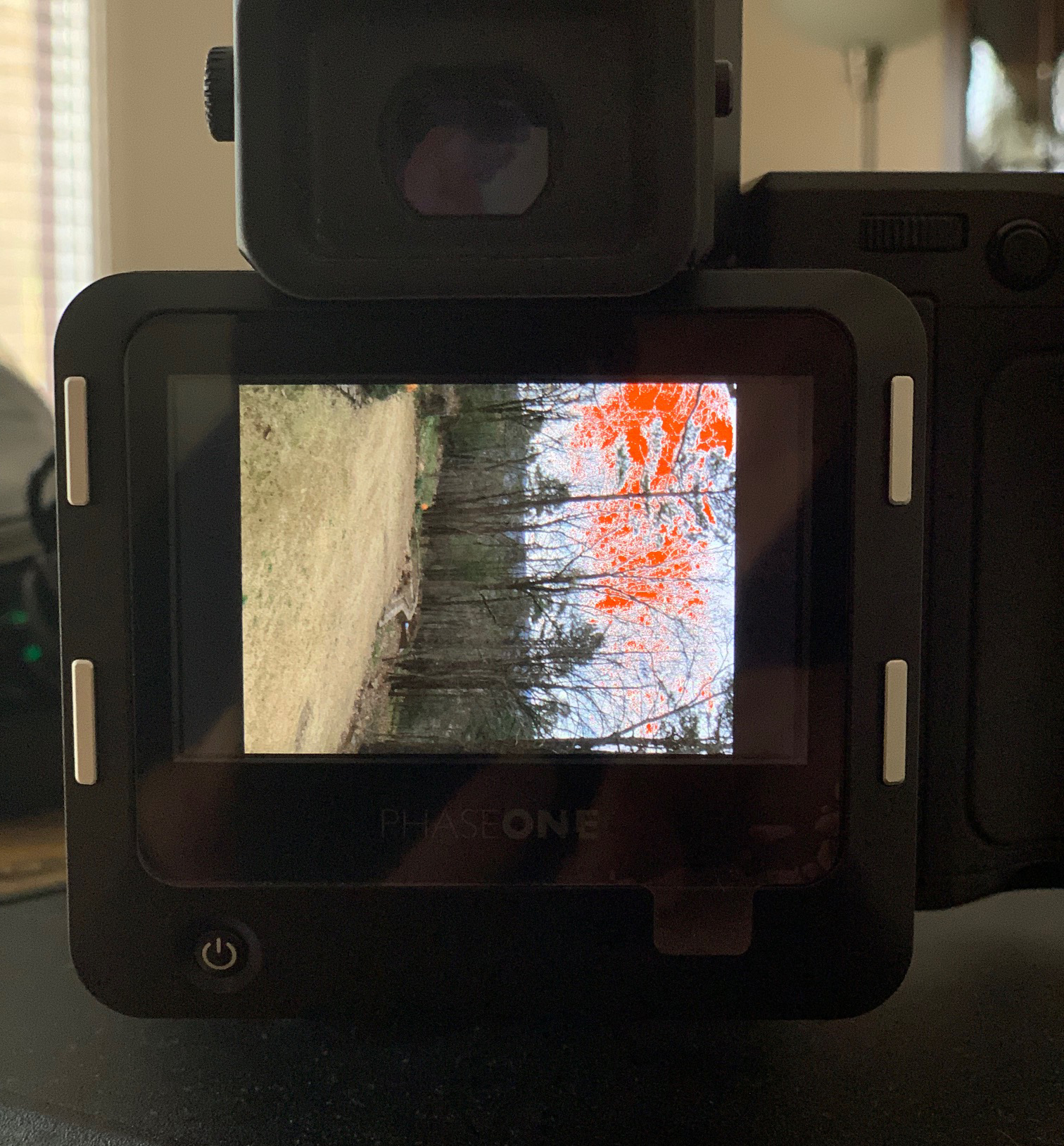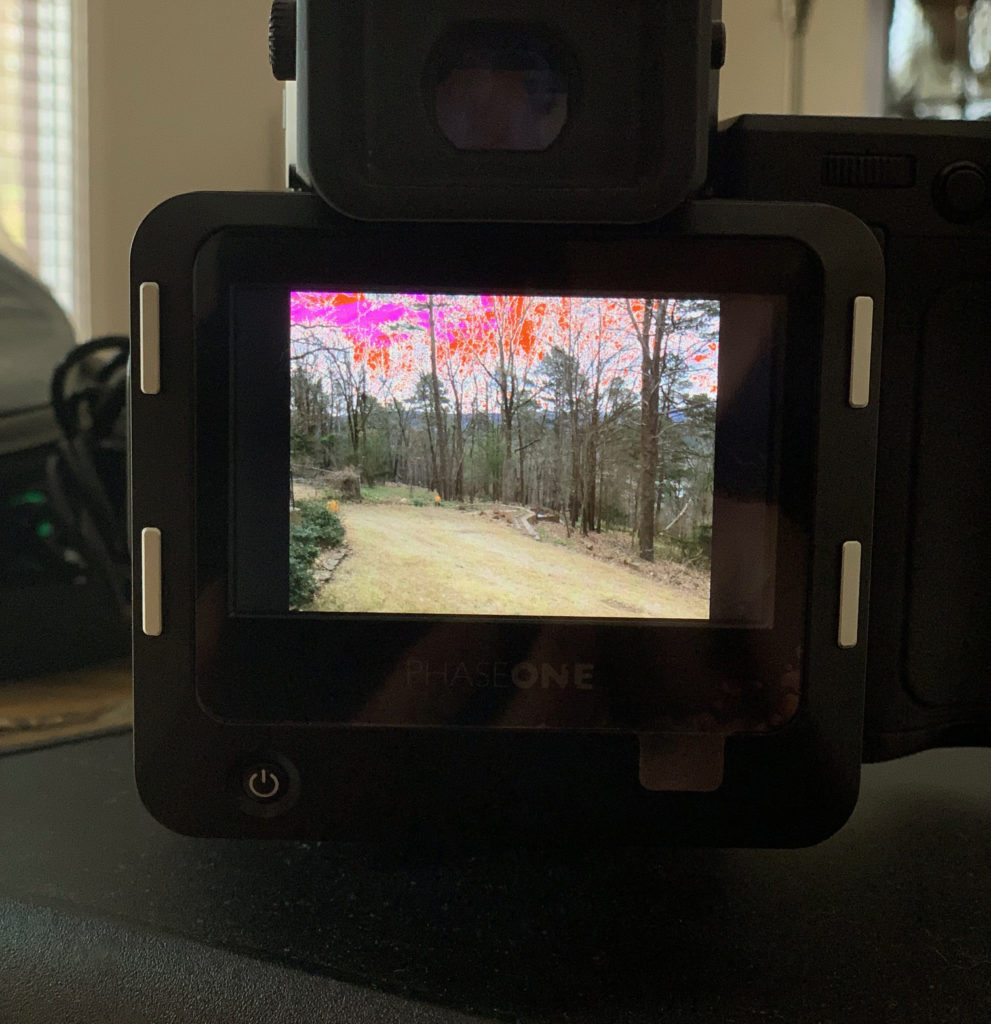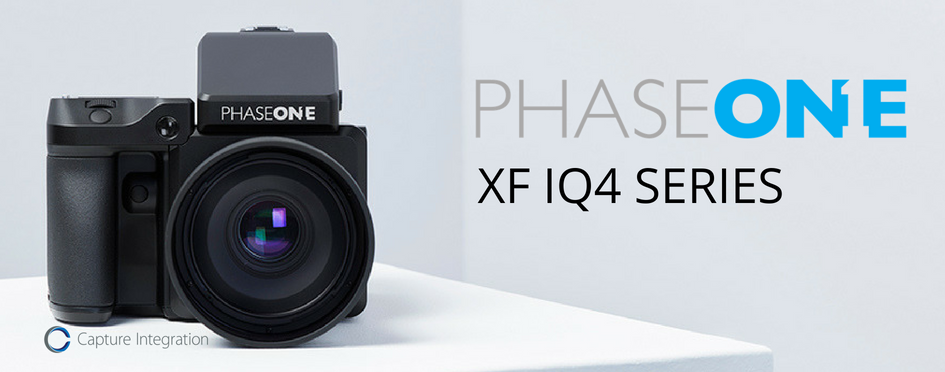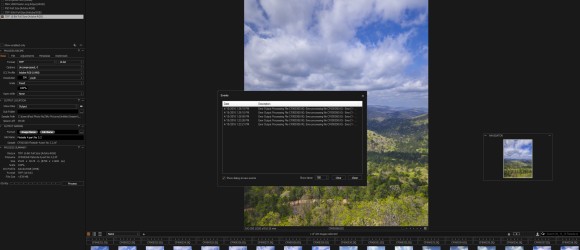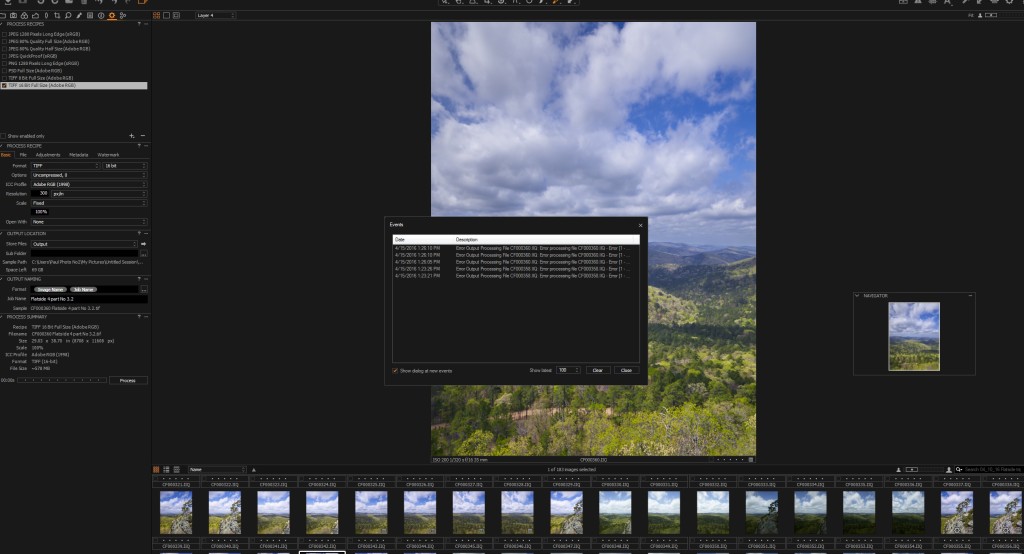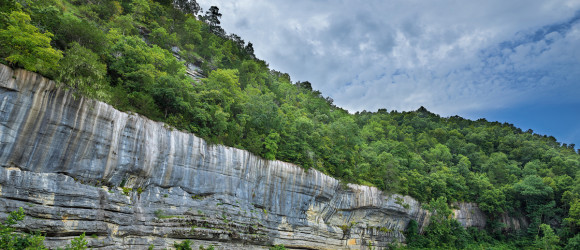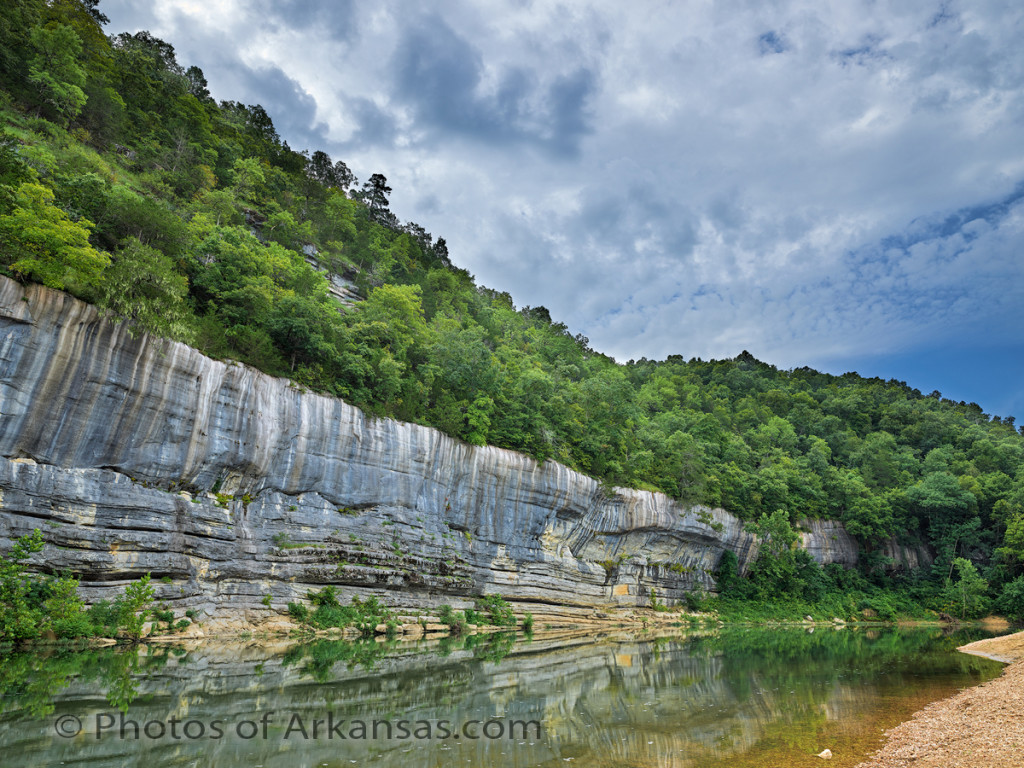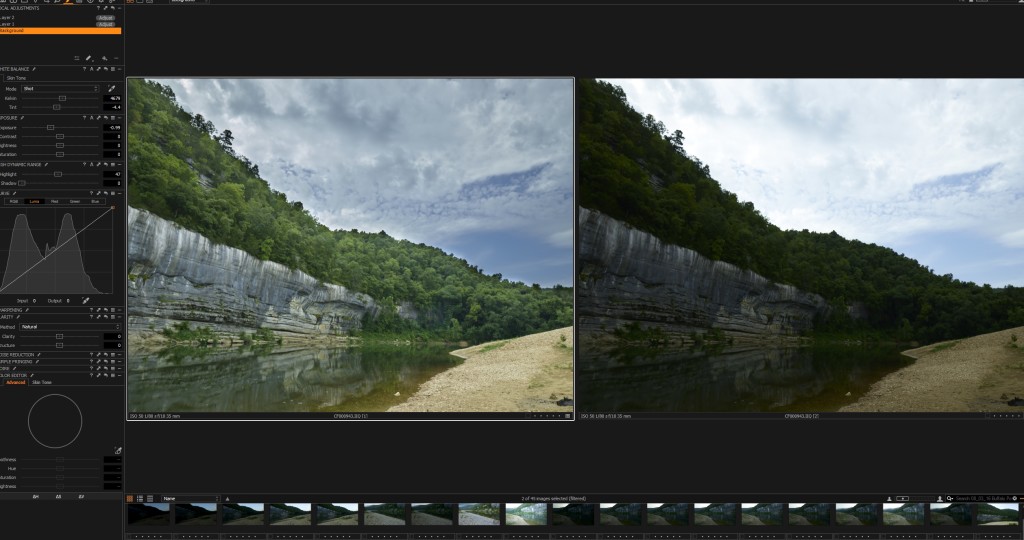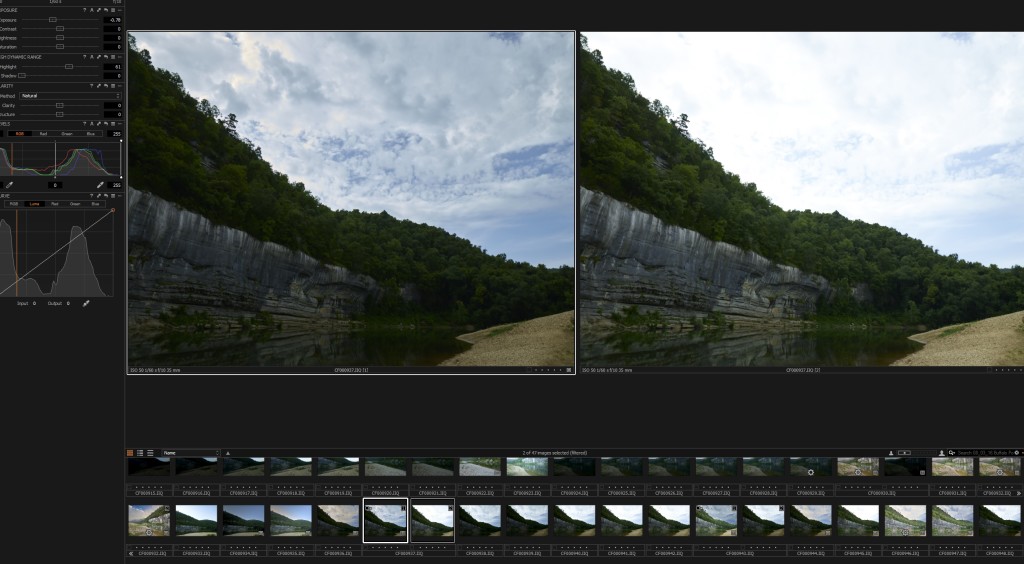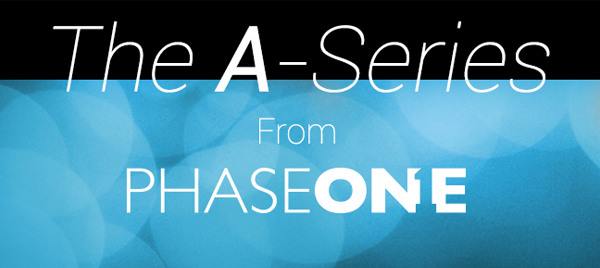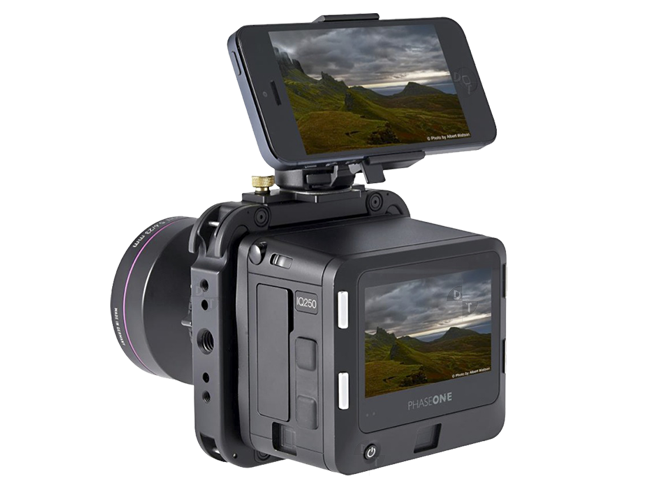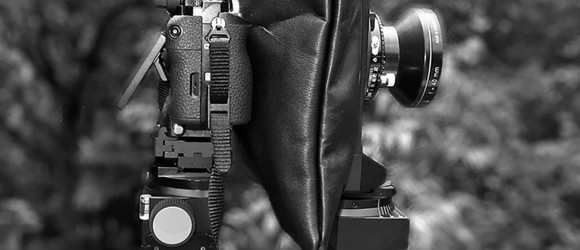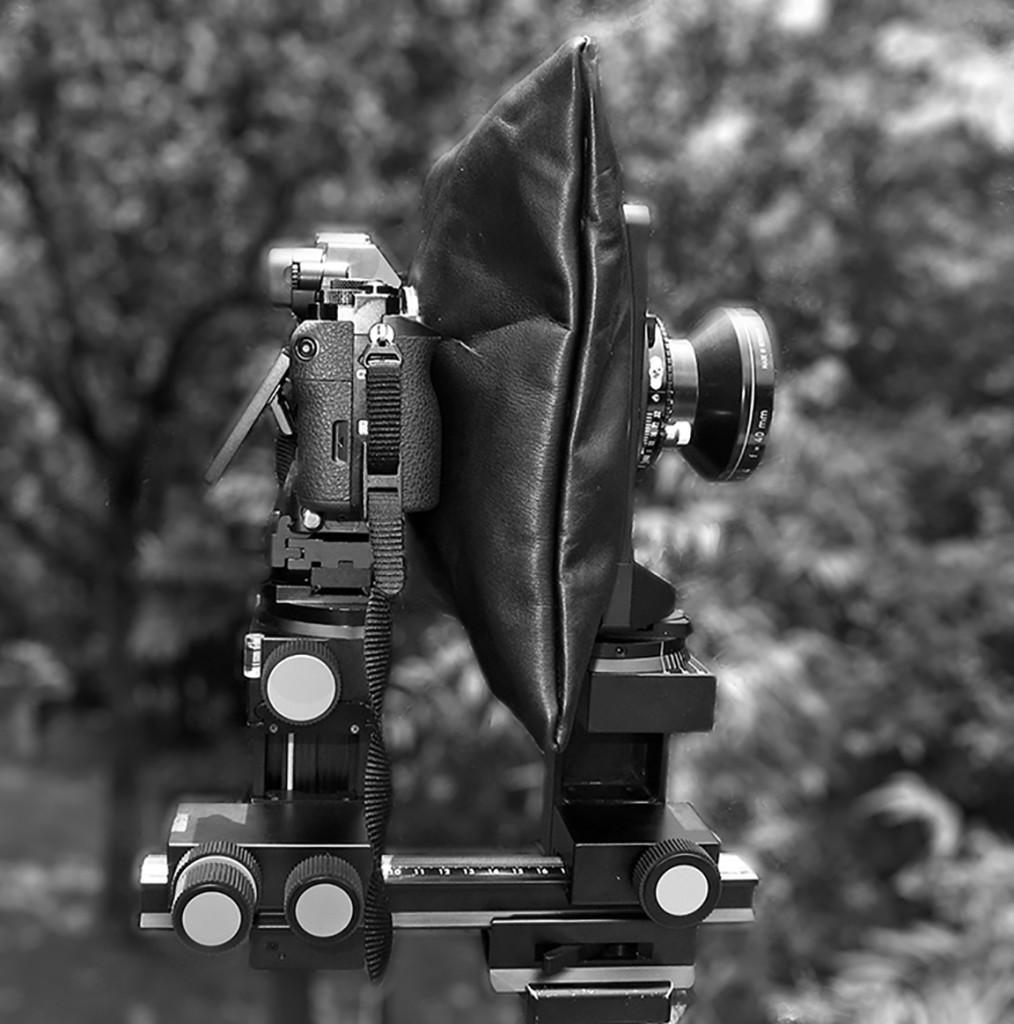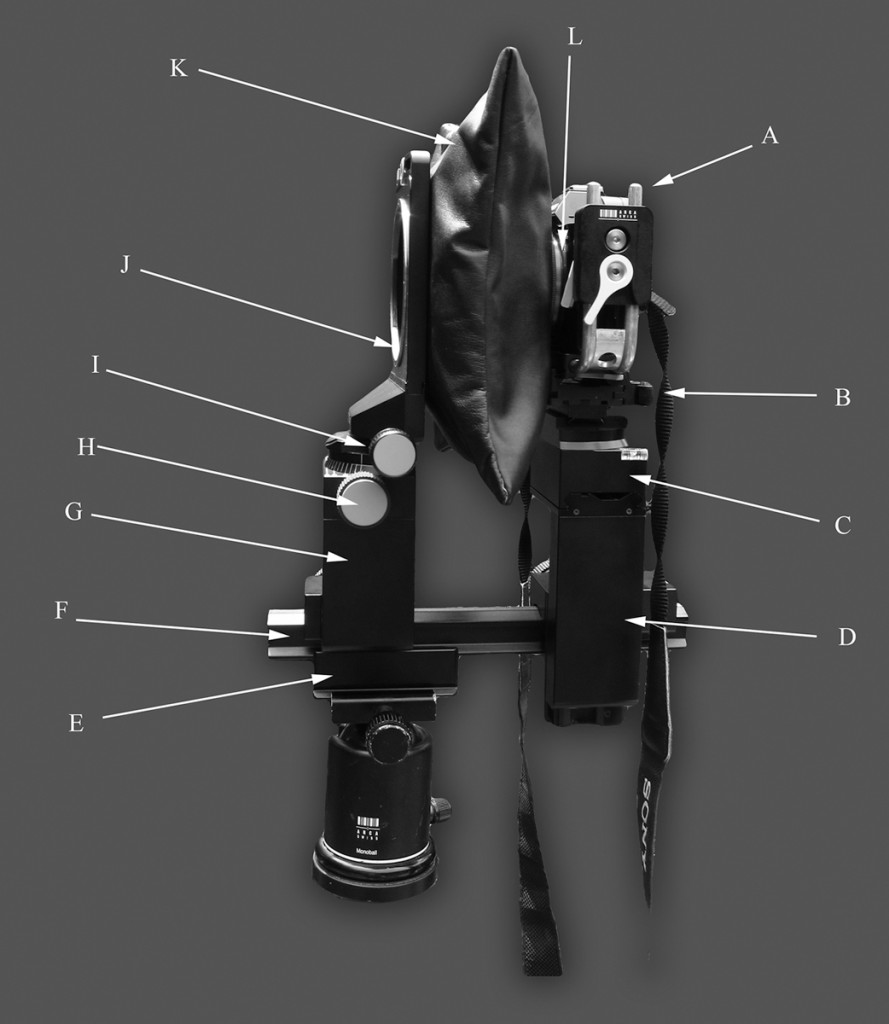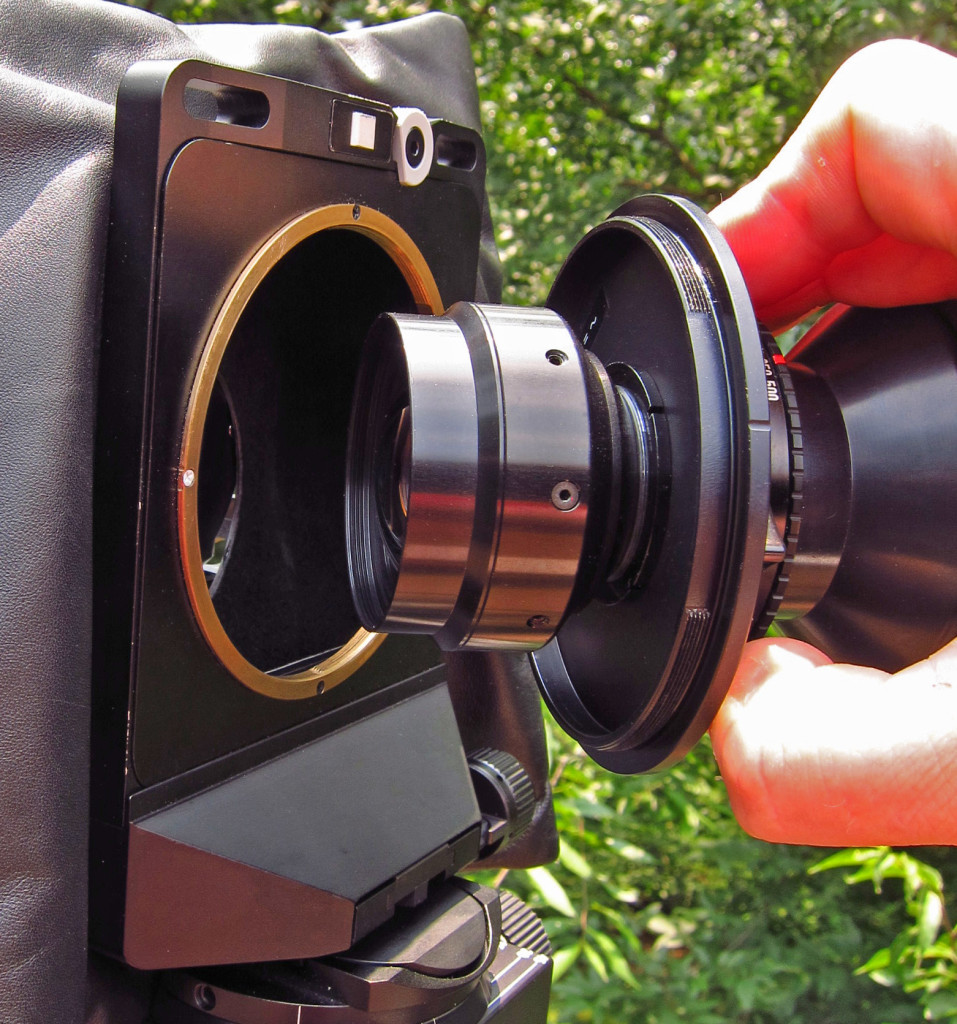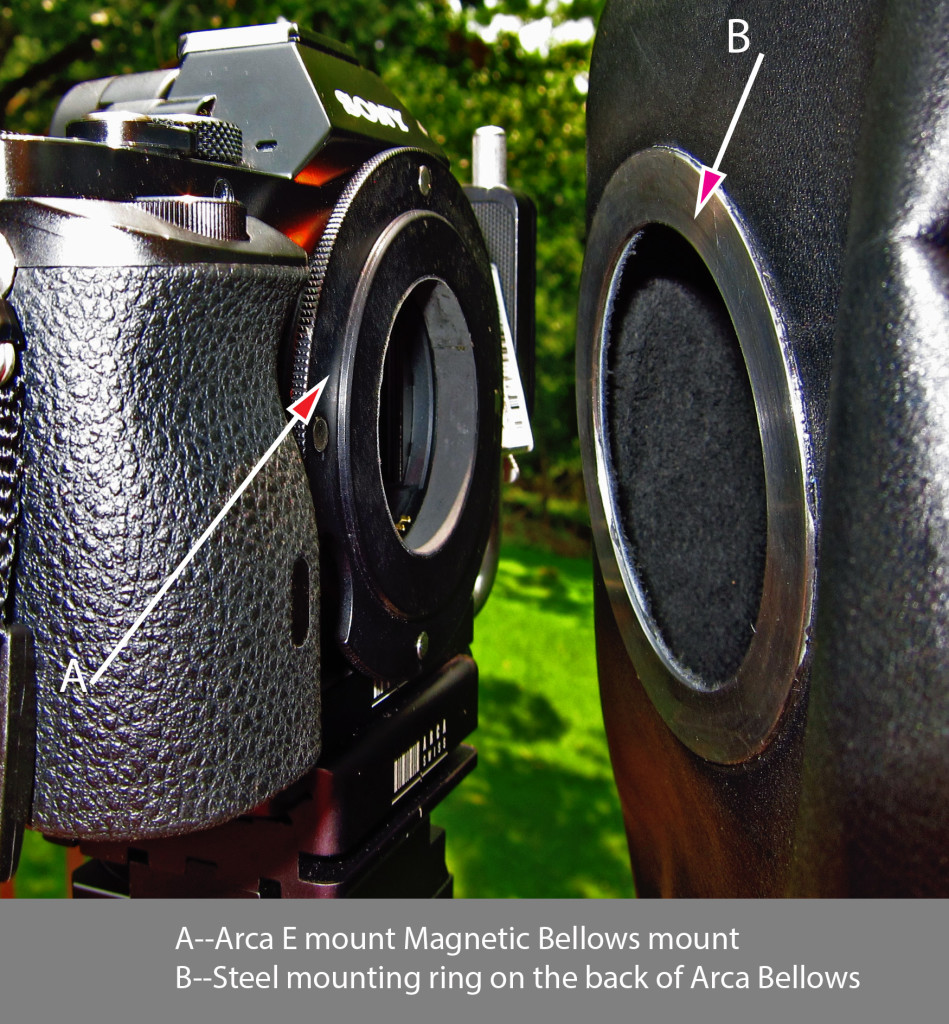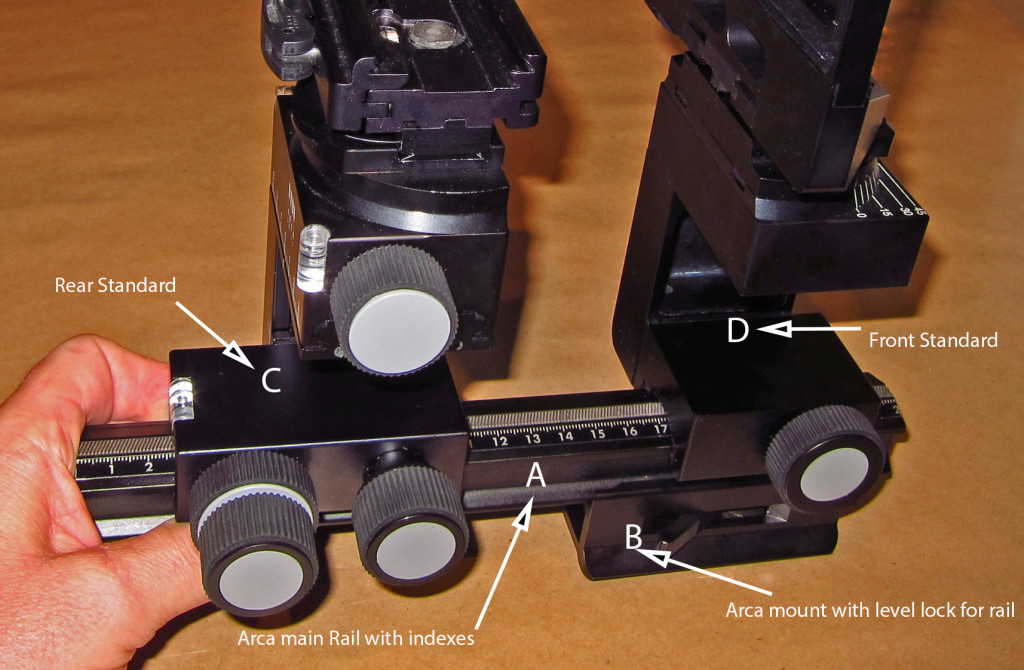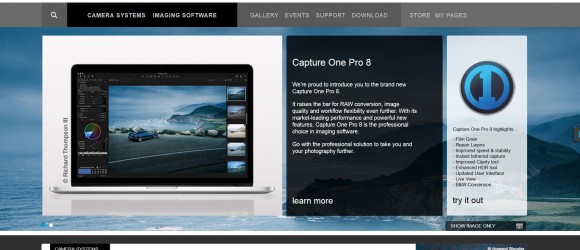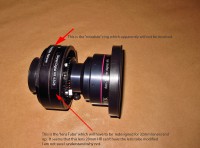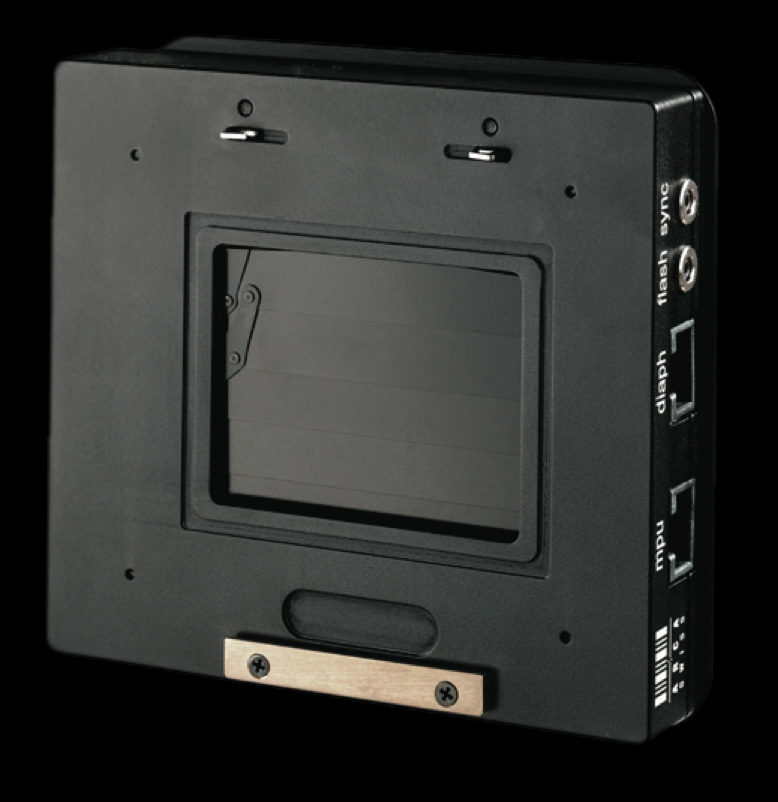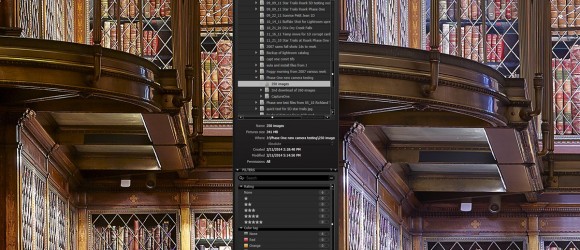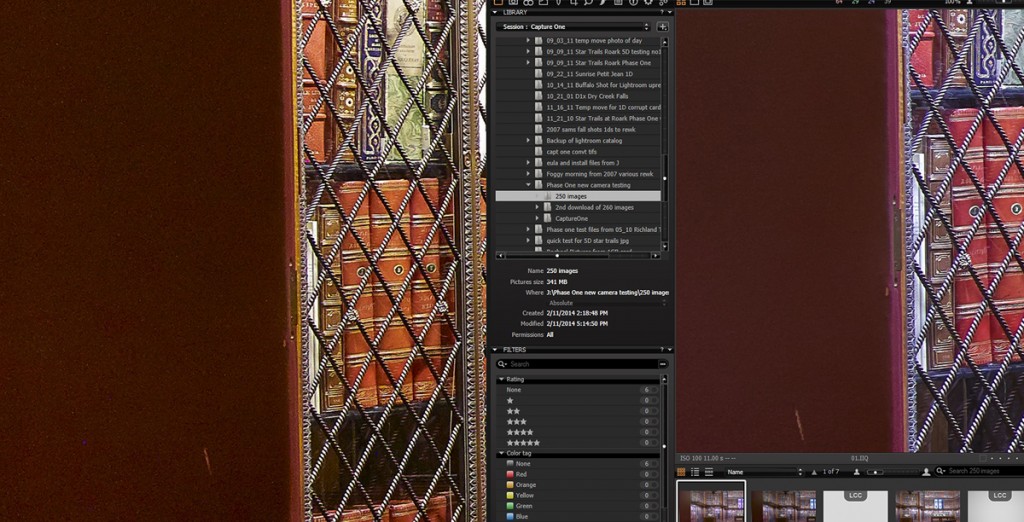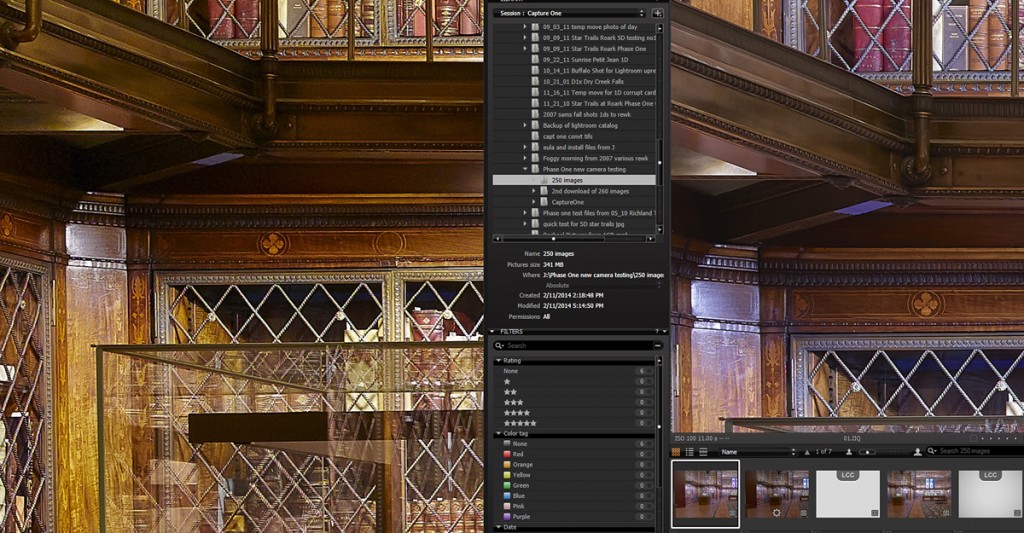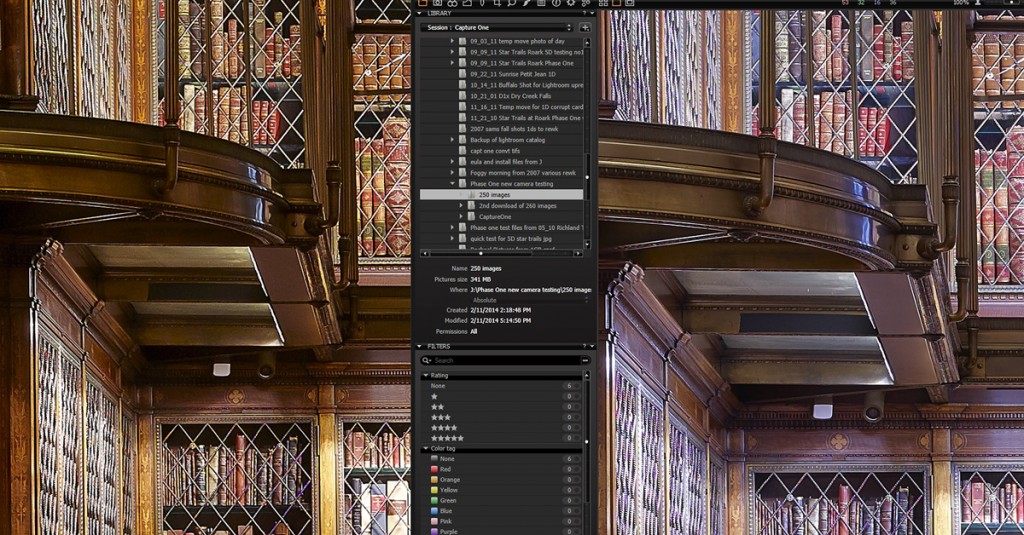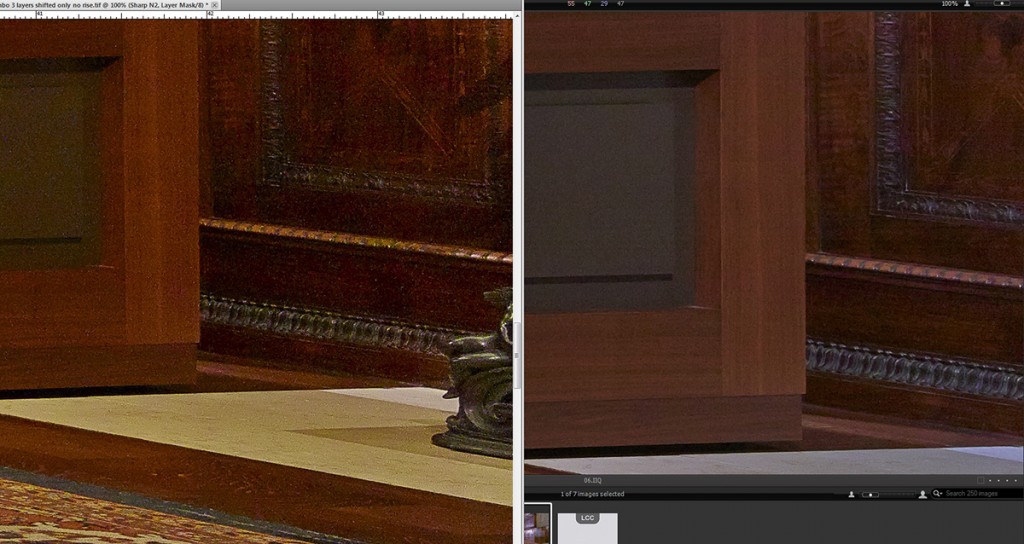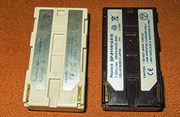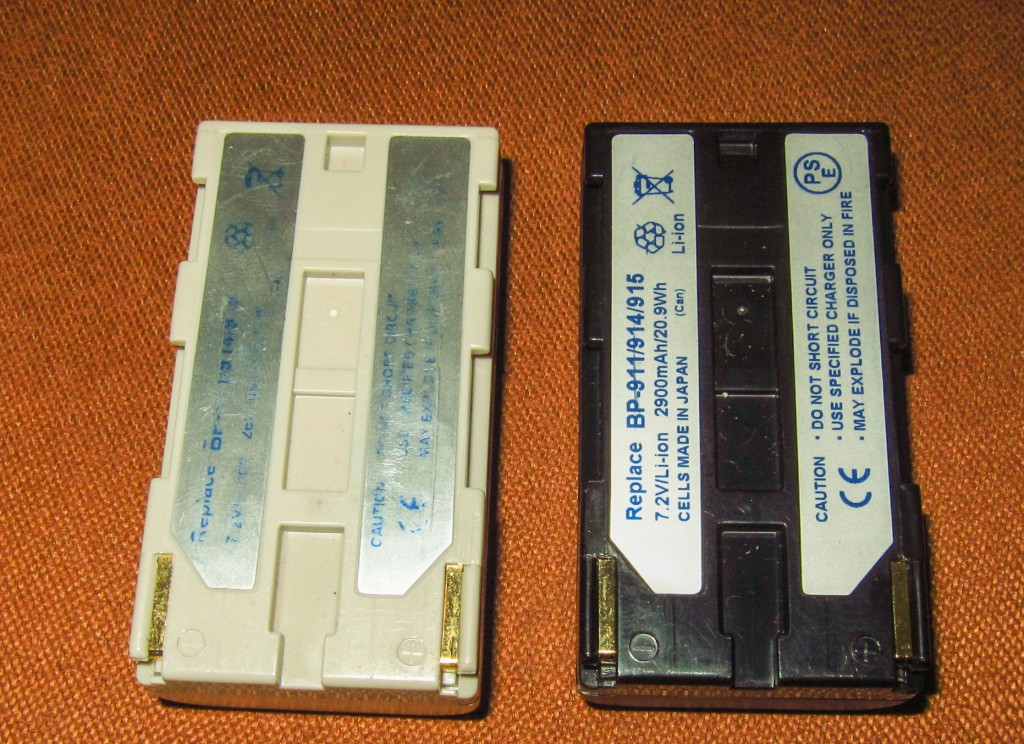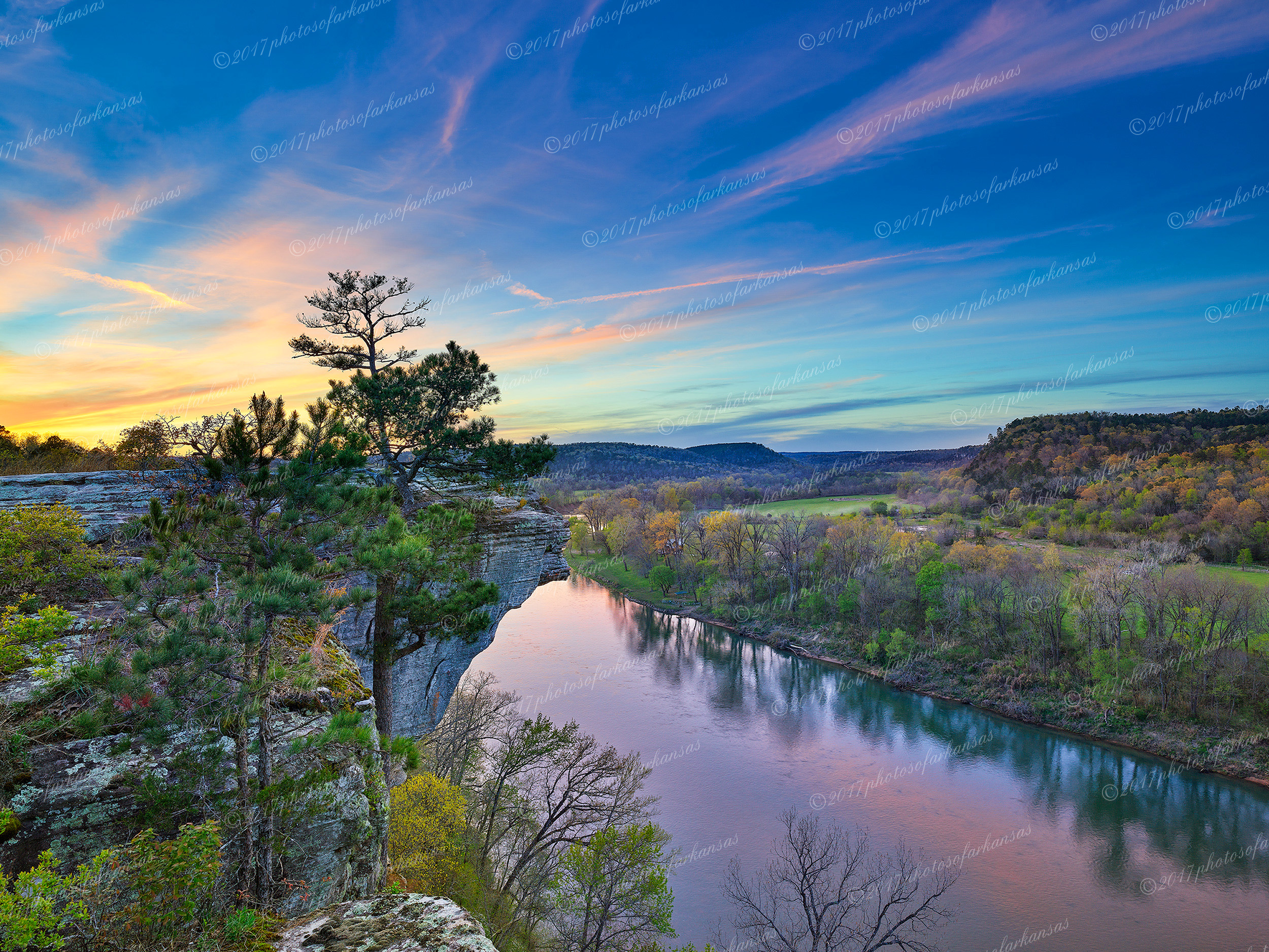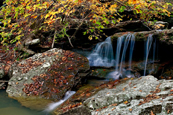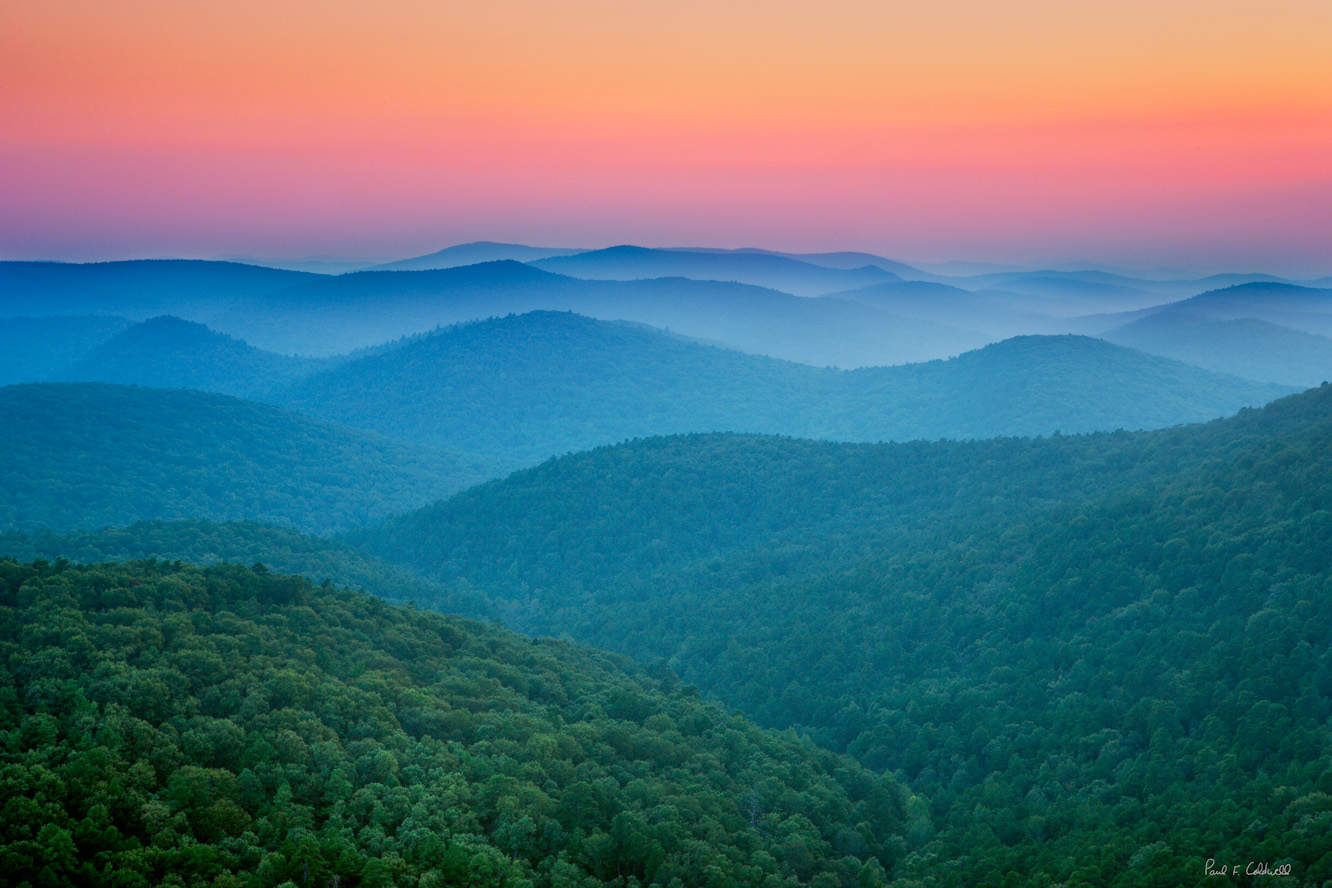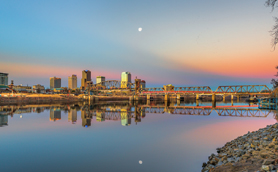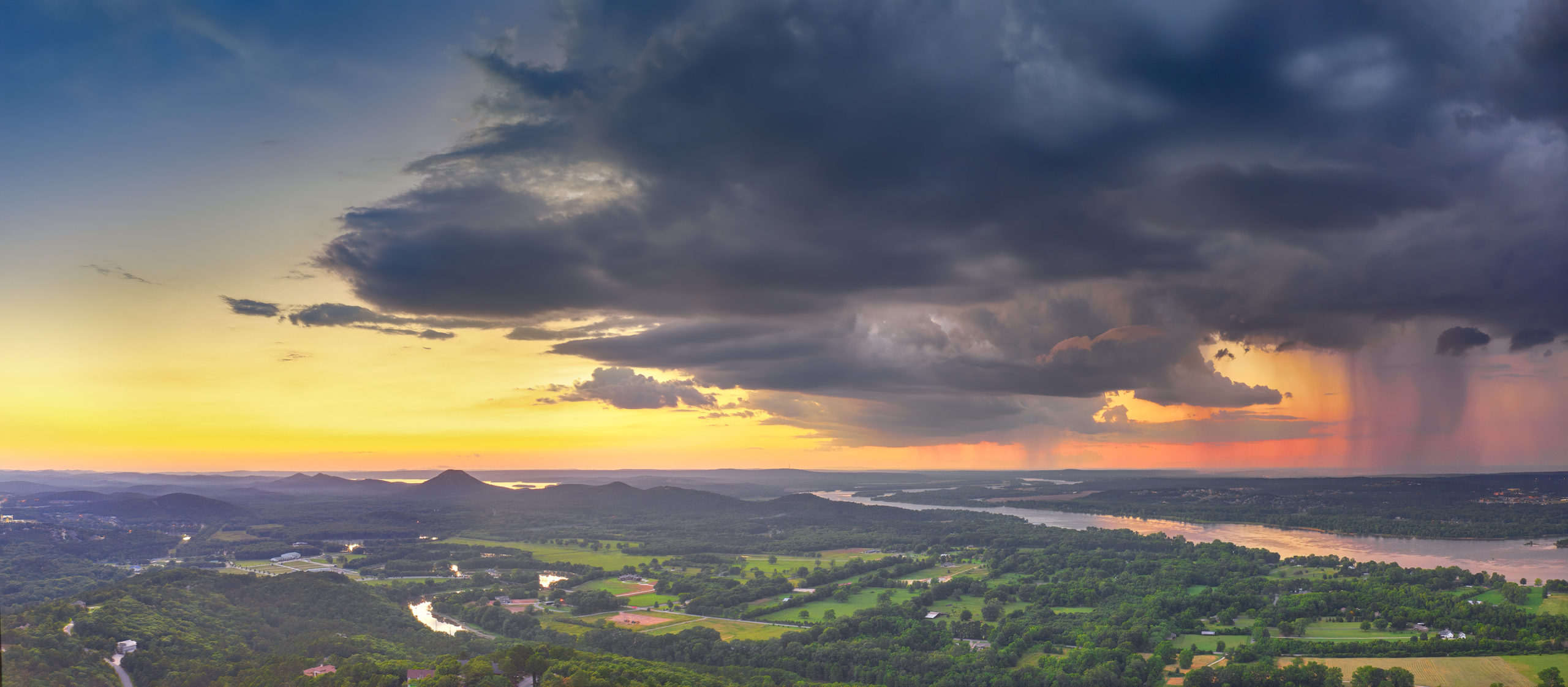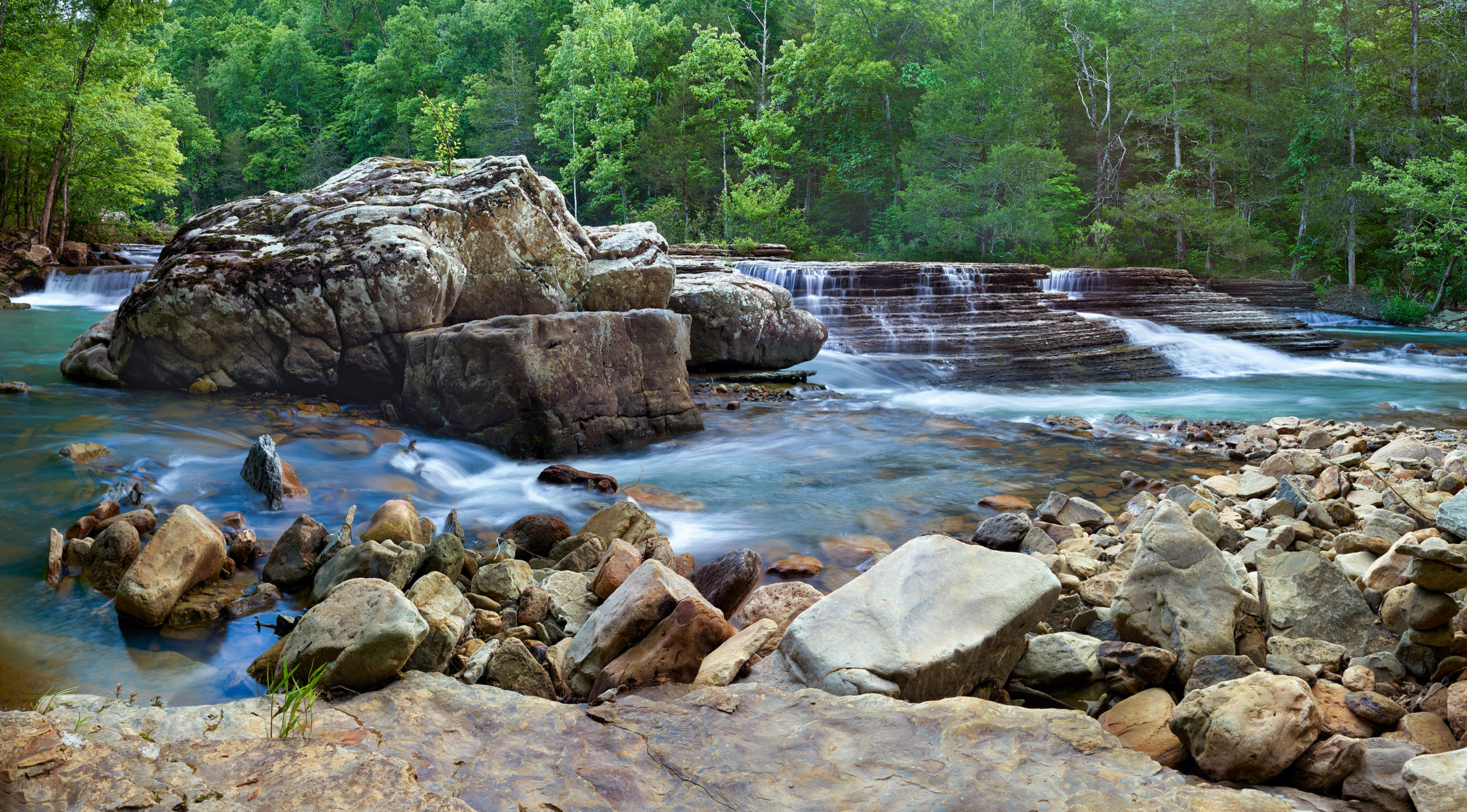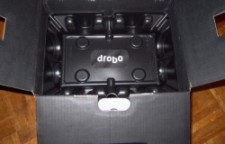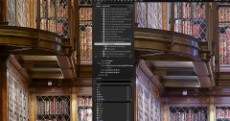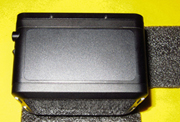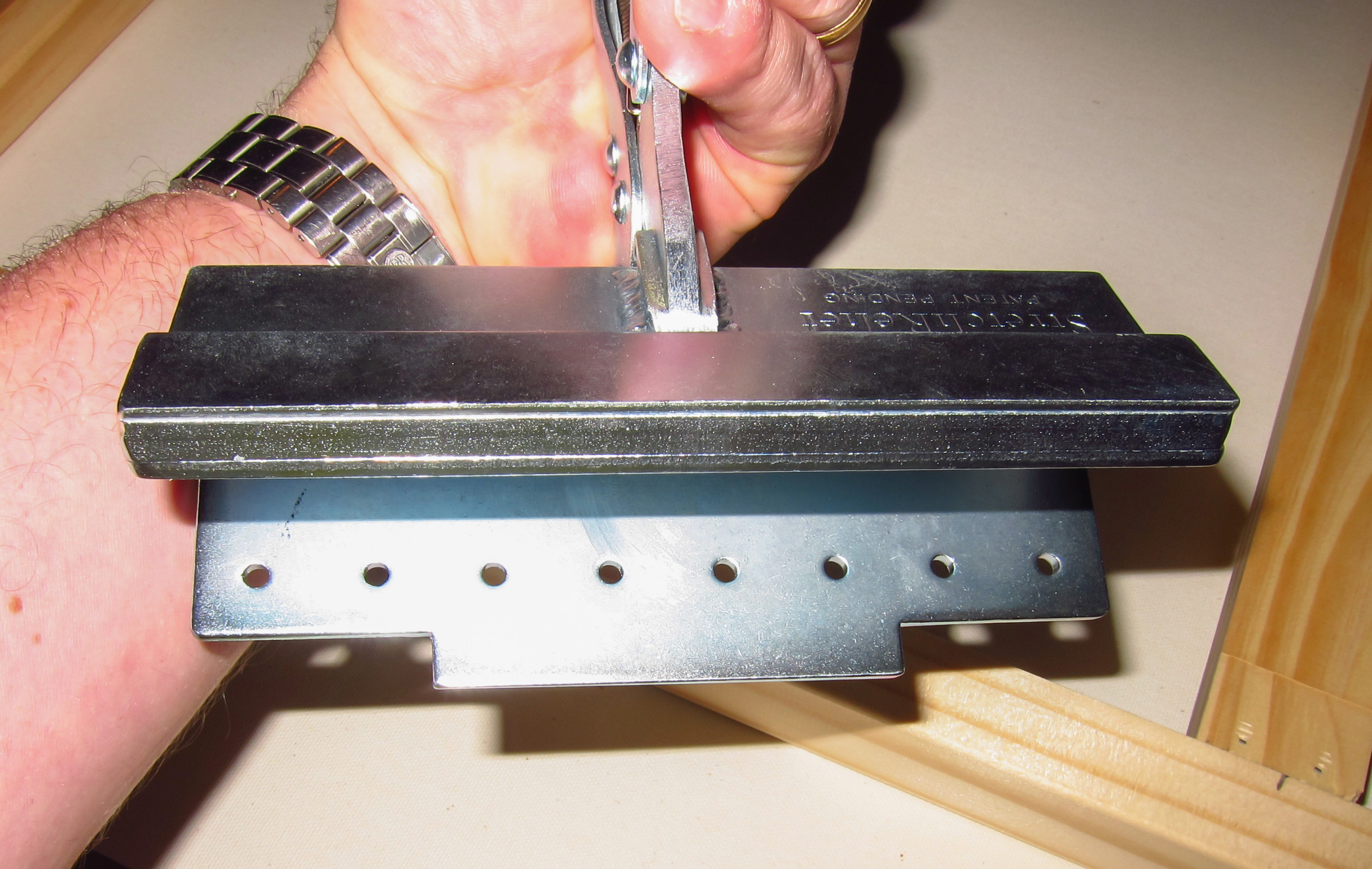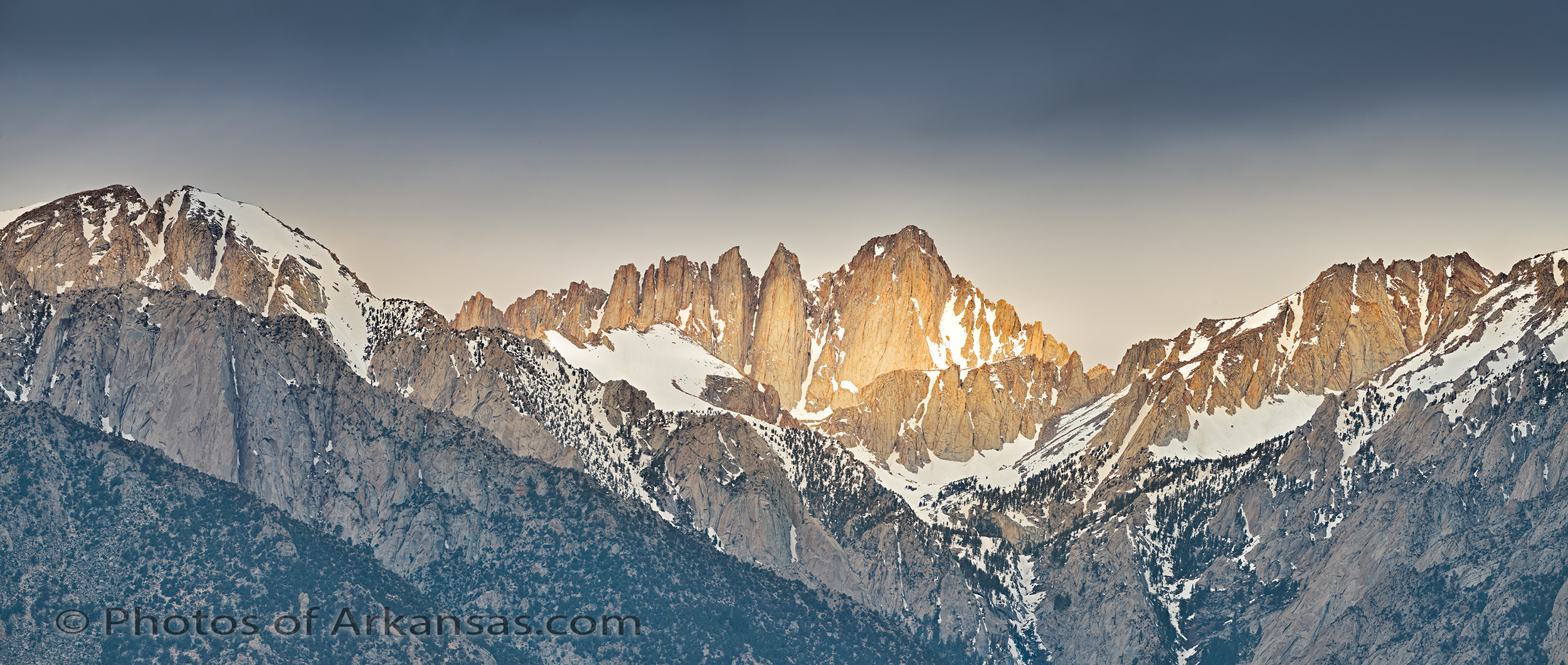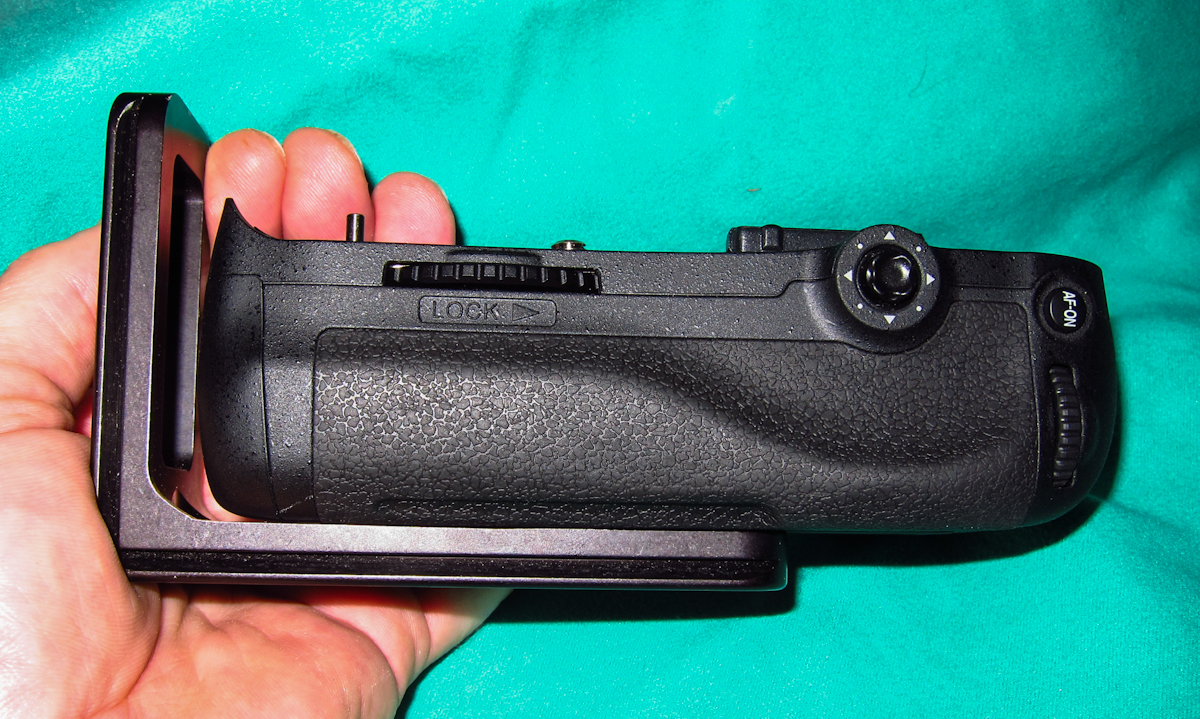03/20/19 Auto Rotate for image playback on Phase One IQ4 still problematic
Yesterday 03/19/2019, Phase One released a new firmware for the IQ4, their top end Digital back. This is the 2nd official firmware on the back and the first firmware to offer something new (and it brought back a few older IQ3 features see this post).
However there is still a small issue with IQ4 playback, autorotation. Auto rotation, is a feature that Phase One along with all other camera manufacturers usually include for playback of a portrait orientation image. When you take an image in portrait mode, (with the camera vertical), the image will playback in the same vertical orientation.
- Phase One IQ4 Landscape orientation image playback correct
- Phase One IQ4 Portrait orientation image no Auto Rotation on Playback
The image on the left shows a IQ4 image taken with a XF and 55mm LS Phase One Lens. The image is displayed correctly, as the the image was captured in landscape orientation and playback keeps it there. However the image on the right is showing a portrait orientation image and how it’s played back. The image should be vertical however the back is playing it back in landscape mode.
What is interesting is as long as the IQ4 stays in the portrait orientation, the image during playback is displayed correctly. But once you rotate the back to the horizontal (landscape) orientation, from that point on, all portrait orientation images will be displayed in the horizontal orientation. So when you shoot with the IQ4 in portrait mode, make sure you check your images before rotating the camera from that position. Attempting to check a vertical image displayed horizontally is very difficult.
For my work, this is problematic since I take 65% to 75% of my work in portrait mode since I want to blend the multiple portrait images into a panorama. For now you have to remember to preview your work while the camera is still in the portrait orientation.
Another interesting observation is that when you load the files into a Capture One 12 session, all the vertical images will start out in the horizontal orientation, but as Capture One creates the previews the images will rotate back to the correct vertical orientation.
Hopefully Phase One will resolve this soon but it looks like it will have to come with another firmware update.
03/18/19 IQ4-150 Firmware 1.03.26 – Released–It’s official now!!
It’s now official. You can update your Phase One IQ4 to the latest firmware which is 1.03.26.
The process itself will take approximately 8 to 10 minutes and the last four minutes, the back will power off the LCD and only gives a blue light blinking at the bottom. I found that a bit disconcerting, but overall the process did work as it’s supposed to.
With this update you gain a few new features for the IQ4 and get back a couple of IQ3 features that should have been there from the start, (unless Phase One replaced them with something better which the did not).
Old IQ3 features that have now been returned:
- Power share: which allows the XF and IQ digital back to share power. Important for field use as the IQ4 uses about 1/3 to 1/2 more battery in normal use. Power share allows the XF to send power to the IQ4 once the IQ4 battery reaches a certain level of discharge. This is a good thing since the XF takes very little power compared to the IQ4.
- Auto Gain for Live View: simple feature that has been in place with all IQ CMOS backs, since the days of the IQ250 back in 2012. Left off the IQ4 for some reason. With auto gain Live View you the back will pick an ISO level depending on the ambient lighting. It also added a bit more contrast to the Live View screen which I felt helped in critical focus. This feature was removed with the IQ4, and has not been available since December 2018. Instead Phase One offered Exposure simulation which showed allowed the Live View to display a representation of the currently selected ISO/Shutter Speed/Aperture. Great in good light outdoor, not so great in low light (sunrise or sunset). I have not tried the new Auto gain yet, but hopefully it will work as well as it did on the IQ2 and IQ3 backs. You also have the ability to use the Auto Gain Live view with your selected aperture, or wide open which is a great feature.
New IQ4 features that have been added:
- Live View zoom up to 400%. You now have the ability to zoom into your Live View screen as much as 400%. The details are still present and the ability to achieve very sharp critical focus on smaller distant details in a scene has improved.
- Self timer for ES (electronic shutter). Pretty straight forward, you now can trip a self timer while in the ES. Not that big a deal for me as I have a remote 12 pin that allows me to fire the ES without having to press the shutter button on the IQ4 LCD.
- While in Live View, 3x (triple) tap will take you all the way to 400% and or you can use a two finger pinch to zoom to any level from 0 to 400. Nice addition.
- The brightness slider for Auto Gain Live View is easily accessed view a single swipe from the left side of the LCD.
- AFr Zoom to Focus on the IQ4 with the XF Focus & Recompose feature
Overall, these are great improvements for the new IQ4, and hopefully they will assist photographers in the field.
However a few pretty important features still seem to be lacking surprisingly.
Auto Rotate: Simply stated if you take a vertical image the image will be displayed vertically in playback. Currently the IQ4 displays such an image horizontally. I still find this really disappointing as I show a lot of panoramas and use the vertical orientation to stitch with. I cannot think of any $99.00 point and shoot camera that can’t do this, and it surprises me that Phase One did not include this in December and now almost 4 months later still can’t implement it!. This is shooting preview 101, basic stuff and Phase One will require yet another firmware update to implement this.
Adhoc, where is it. Phase One seems to have a totally different direction now. I guess more pointed at studio work. Since day 1 of the previous IQ backs that had wifi, there was an adhoc option. Simply and clean created a static ip address that you could connect to in the field and thus use Capture Pilot from an iOS device. Phase One now only allows Capture Pilot use if you are connected to wifi over a router, again what the heck? Who thought this was a good idea? You have a great solution for field use of your software tool for iOS devices and then you just cut it off. Phase One has made limited low level statements that “adhoc” will return with a later firmware update. I still feel this won’t be possible as much system boards on PC’s or Mac, have all the networking capability hard wired in. Hopefully Phase had a way to implement adhoc without issuing an EC (engineer change) which would require all existing IQ4’s to be returned to the factory.
Heat and battery life, no mention as to if anything is being done to help on this. Currently a 3400 millamp Phase One battery will show totally drained when there is still over 20% of the battery left. The IQ4 also gets considerably hotter than the IQ3 and Phase One left out the feature that showed existing heat of the back that was quite popular for the IQ3. I wonder why?
written for www.photosofarkansas.com by Paul Caldwell please do not reproduce any of this content without permission.
08/16/16 Capture One “Error when processing a file” in Windows
If you use Capture One for raw processing, over the years Phase One has continued to bring new useful enhancements to this particular software. If you own and use any Phase One digital back you will most likely use Capture One for the vast majority of processing. As these new features roll out, it seems that Phase One is not able to keep up with basic and simple errors. Errors that are not catastrophic but errors that still take a lot to time away from processing out files. If you work with Capture One in either Win7, Win8 or Win10, you may have received this type of error during an attempt to process a file: Click on image to view it larger.
This problem has something to do with how Capture One hands off processing to Open CL and nvidia cards. The error occurs like playing Russian Roulette, as you never know exactly when it will start to show up. Sometimes I will get it on the first image I process, others times after 5 or or 10 images have been processed. However once the error occurs, then you can expect to continue over an over and until you close C1 and reopen it. Each time you get the error, you have to click to close the error box and then attempt to reprocess out the image. Sometimes you can get the image to go ahead on the next attempt other times you may get this error 5, 10, 15, 20 times. It’s as if the particular file has been marked by C1. Here are some typical questions and answers.
- If you are a batch processing person, then this error is even worse, as odds are out of 20 files 3 may not process, so you have to manually go back and edit your processing to see which files did not run. This takes even more time. So for me batch is out.
- When did this error show up? It appeared with C1 Vr 9 and has continued through all new releases.
- Did I attempt to open a case with Phase One? Yes I opened a case, and Phase One’s answer was the usual “remove all instances of C1 on your PC and reinstall it based on our posted instructions”.
- Did that fix the problem? NO
- Have I opened a case via a dealer? Yes,
- Did that help? Yes, Phase One came back to me with a script to totally disable Open CL on my PC
- Is that a good solution? No as Capture One is very dependent on Open CL for both zooming to 100%, drawing masks, and working with local adjustments.
- Does this happen with any camera file or only a Phase raw file? Yes it happens, on Nikon, Sony, Fuji, Canon and Phase One
- Do you have this occur on only 1 PC or multiples? Yes ever PC I own (6) will get this error with C1 Vr 9, Pro or Data Back release
- If you run the script does the error go away? Yes
- Is your Nvidia card current on all of it’s various drivers? Yes
- Are you the only person getting this error? NO, I have reported on the Luminous Landscape forums and have received plenty of responses that other photographers running windows are also getting this error
- Has anyone on the Luminous Landscape forum from Phase One attempted to help? NO
- Is this a big issue that disrupts workflow? YES last night alone to process only 3 IQ100 files, it took me 5 different attempts
Surprisingly Phase One does not seem to notice this issue when they test on their side, personally I don’t buy that. Phase One’s first answer was that I was running a Nvidia GTX960 card which is not on the list of supported video cards by Capture One. Everyone one knows that is total BS, but you have to make the change. So I did, and purchased a GTX970 card, did the error go away or decrease in frequency? No. Did I expect that it would? No.
Here is link to the Luminous Landscape post that has more details.
I can only assume that this is a timing issue between C1 and the Nvidia card and that if for some millisecond there is a hiccup in communication. I even took the steps to removed all instances of any older Nvidia drivers from my PC, which is an time consuming process but the error still continues. All of my desktop PC’s run Nvidia cards, GTX970’s but the MacPro 15″ (under bootcamp and win10) is using an Intel graphics card and I believe the Surface Pro 3 and 2 both use Intel graphic cards also. All of these machine get the error at sometime. The desktop PC’s are either a 3.4Ghz i7 or a 4.0Ghz i7 on Asus boards.
This is not the first time that Capture One developed a troublesome issue with windows as for most of the time Capture One Vr 8 was out there was a terrible error where if you minimized C1 to the taskbar then attempted to reopen it, C1 froze and had to be forced closed. Sometimes this error created a need to have the PC rebooted.
My experience with C1 goes way to back to the 3.7.x versions and I have used it continuously since. There are many processing features in Capture One that are essential to my workflow so for now, I will just keep on closing the error out and trying again, but it would nice for Phase One to figure out this issue and I do hope that it does not transfer to Capture One 10, which I assume is coming soon.
Photographer Notes:
I am a working photographer, mainly working with landscape imaging. Capture One is my go to raw converter for all Phase One raw files (P45, IQ160, IQ260, IQ280, IQ180 IQ150 and IQ100) along with Fuji and Nikon raw files. I have just started working with the Pentax K1 and have found that Capture One has an excellent profile for this camera, however Capture One does not support the pixel shift format from the K1, but that is another topic.
This error can become very disruptive at times especially if you are attempting to process out more than 10 files at a time as more than likely of the 10 3 will error out. It also eliminates the use of the batch processing feature for larger jobs since the time it takes to reconcile the batch takes too long.
It is my hope that Phase One will address this in a future release however my feelings are until more photographers raise up the issue Phase One will not focus on it.
Phase One/Capture One is a much more Mac centric program and the development always seems to fall first to the Mac side of the software and eventually to the Windows side even thought worldwide the number of Windows licenses vastly outnumbers Mac
08/15/16 A close look at the Dynamic Range of the Phase One IQ100
I have been using the IQ100 now for several months, and have noticed that there are some interesting facets to the dynamic range of this digital back. Lets take a more detailed look at this particular image taken on the Buffalo River, in Arkansas
The IQ100 is of course the first 100MP digital camera ever marketed, was introduced in January of 2016 by Phase One, and so far has had a very good reception. I was very interested in the previous IQ250, 50MP digital back, however it has a 1:3 crop factor, which for my work, (example this image) would have been too much to sacrifice. I use wide angle lenses in most of work unless I am stitching and the 30 percent loss in focal view was too much for me. But I easily saw with the IQ250 the massive advantages that CMOS had over the traditional CCD Phase One backs. This showed up for me in two main areas, noise and dynamic range. These both have many definitions but for me it’s simple:
Noise, how much noise will I see in areas of shadow, at base ISO and at higher ISO. If I push an image, how much detail is lost to noise in the shadows. With a CCD back, there was never too much room here even at base ISO of 50
Dynamic Range, with one single exposure, what can I capture? If I adjust for highlights, will my shadows be filled with too much noise or vise versa. Also how well does my color saturation hold up at higher ISO ranges. With CCD digital backs, the color saturation fell off very quickly once past the base ISO. You might be able to get one more stop before the saturation was lost.
Moving to the IQ100 from the IQ260 I was hoping to see similar if not greater dynamic range at base ISO to the Nikon D810. I still regard the Nikon D810 as the flagship for dynamic range at base ISO of 64. With the Nikon D810 it’s easy to push a single exposure as much as 2.5 stops and still have wonderful details in the areas of shadow. Phase One (P1) rates the IQ100 at a base ISO of 50 so I was hoping to be able to get at least 2 stops of details when shooting at ISO 50. So on my first couple of outings with the IQ100, I mainly used ISO50 and planned to push the shots when necessary. I quickly found out that this the chip in the IQ100 (made by Sony) behaves differently that the 36MP chip in the D810 (also by Sony).
In working at base ISO 50, it became apparent to me that a shadow push of even 1 stop may be enough to cause you to lose details in the shadows, and also a huge amount of color saturation. This was a surprise to me as I had expected to get even better push than what I was seeing with the D810. However it was also soon apparent that the IQ100 has quite a bit of leeway with highlights, much more so than any of the CCD backs I have used from Phase One in the past. You can easily let your highlights go past 1 to 1.5 stops and still regain the finer whites. If you combine the “highlights” slider in Capture One, along the exposure slider, there is a lot of recovery. Looking at the example below: Click on the image to view it larger
The image on the right side is the base image before any adjustments, the image on the left side, I just pulled the overall exposure down from center to -99 (almost 1 stop) and then adjusted the highlights to 47 from the far left. This pulled back all of the sky and actually provided some very nice cloud features. I then just added a local adjustment layer to the lower portion of the file, (non sky) and pulled up the overall exposure then added one more adjustment layer to tweak a few dark areas. Overall the end result to me is very nice and again is testimony to just how much range is in a single exposure from this chip. The take away is for sure feel free to let your highlights go a bit so that you can pull in a bit more shadow details.
Here another example.
Here the original raw file is on the left side. Initial thoughts are that the sky is pretty blown, but with just a bit of highlight adjustment and overall exposure work, you can pull back the sky to a very manageable level. The bluff and trees will easily recover to most of their full detail with a bit of shadow recovery and local adjustment layer to work only on that part of the image.
From my photography I feel if there is a downside to the IQ100 dynamic range, it would be in the shadow recovery. Here you have to be very careful as just one stop or two can make a huge difference between good details and color in the shadows. Lets go back to an example from the same set of images. If you look at the image at the top of this article, you can see that towards the far right on the bluff there is a dark area. I shot this scene in several brackets at both ISO 50 and 100 as I was unsure as to just how the clouds would capture. As it turned out, the clouds/sky were not the problem, but the dark shadows were. Look at this comparison: make sure to click on the image to view it full screen.
The image on the left was shot at ISO 50 at 1/25th of a second, F12, and the image on the left was taken immediately next at ISO50 and 1/60th of a second F12. If you click on the image, you can see that the bluff and trees along the bluff are almost devoid of color and there is considerably more noise. Both of these screen crops are from sharpened final images. The image on the left holds the green down into the shadows where as the same part of the image on the right is starting to lose the color fidelity. The color you may be able to pull back with some work in Photoshop, but the noise and loss of overall details you will never get back. So the point, is that you really need to watch your exposure and if you are unsure, bracket the frames. Just a difference in 1/25th and 1/60th can make a big improvement in the overall quality of the final image.
Photographer’s Notes:
I feel that there is considerably more dynamic range in the IQ100 CMOS back, over similar CCD backs like the IQ260 and IQ380 (60 and 80MP respectively)
The IQ100 has a tendency to push to a green overall tint and it seems that the greens can easily be come over saturated.
When working in mixed outdoor lighting, I would recommend exposing to the right, and pushing the highlights, as from my shooting experience you can easily recover 1 stop and possibly 1.5 stops in the highlights.
The shadows will quickly loss details and color if underexposed, even at base ISO of 50 or one push to ISO100. Once these details are lost you will not be able to get them back easily.
Considering that the 100MP back will start to suffer softness from diffraction at apertures past F11, you need to balance your shooting between both shutter speeds (subject allowing) and ISO.
When working on a single file, don’t be fooled into thinking that you have lost your highlights as you will be surprised to see just how much dynamic range and malleability is available in these fantastic files.
12/14/14 My Thoughts on the new Phase One A Series of Cameras
I have some thoughts on the newly announced Phase One A Series cameras.
Back during the 2014 Photokina show, Phase One announced a joint venture with Alpa cameras. Alpa is one of several camera companies that specializes in “technical” cameras, for medium format digital backs, and film. Others companies that come to mind are Cambo and Arca. Phase mentioned that the partnership would produce several new photography products obviously combined parts from both companies.
About 2 weeks ago, the first series of new products were announced, the Phase One A cameras. There were 3 models, A250, A260 and A280. The Phase One contribution was a digital back, and Alpa contributed their TC camera and with 3 Rodenstock lens options, 23mm HR, 35mm HR and 70mm HR. Alpa also included their excellent iPhone mount with the package, more on this a bit later.
No new products were announced, just existing equipment from both companies, but it was an excellent packaging solution as now any Phase One dealer, just became an Alpa dealer also, as the the A series cameras are sold only by an authorized Phase One dealer. So Alpa gained potential market share with this move. Here is a shot of the Phase One A Series showing the Phase One back, Alpa TC and the iPhone holder for Live View WiFi.
But one thing was announced that may have slipped by many photographers, and that was an automatic LCC correction process. With any tech camera lens, you have to take an LCC (Lens Cast Correction) frame following a exposure. This adds quite a bit of extra processing in post since you have to work up the LCC and also remember to shoot it. With this announcement, Phase One implies that they are going to provide a process that somehow allows the Phase One back to apply the LCC correction to the raw file, so that you won’t have to bother with this later on, and worry about if you forgot to shoot an LCC.
Pricing is a bit high, but it’s a Phase One, Alpa, and Rodenstock solution, so that is to be expected.
Looks like all the models come stock with the Rodenstock 35mm HR lens and are priced below at US list:
- A280 $55,000.00
- A260 $48,000.00
- A250 $47,000.00
You can also order the 23mm HR lens (which has the name Alpagon) for $9,070.00 more and the 70mm HR lens for $4,250.00. It will be interesting to see how many of these units are sold. I expect the sales numbers to be the highest in China as that’s where it seems the vast majority of new Phase One backs are being sold.
At first my thoughts were “so what”, all of this equipment already existed, albeit you had to purchase it all separately through a Phase One dealer and an Alpa dealer (note many Phase One dealers also are Alpa dealers). But, by purchasing all of the various components as an A camera, the photographer gains the support of Phase One for the entire system, which is a nice asset.
During this same timeframe, Phase One announced that it was now possible to send the Live View feed from the IQ250 to an iPhone running Capture Pilot. This is possible since the IQ250 is a CMOS back, and has a much more modern Live View. This to me is a huge feature, as you now can have the iPhone mounted to the A series camera which allows a tilting LCD. The advantages of a tilting LCD are numerous:
- You can position the screen to avoid glare
- The camera can be used in a waist level position
- When working on subject matter low to the ground, you can see your subject on the iPhone
- The iPhone screen is larger and consider the iPhone 6 and 6+ with even larger screens
Now it’s possible to hand hold Phase One back, while using an excellent Rodenstock lens, in either a waist level position (which is much more stable), or traditional eye level. You have 100% control of focus, since you are using Live View. The shutter is still a manual Copol 0, which has to be cocked before each shot, but I feel this a very versatile solution.
There are a few things to consider before you make a decision to go with a Phase One A series camera:
- The Alpa TC (travel compact) camera does not offer any movements, such as tilt, shift, and rise, fall.
- The Rodenstock HR lenses that are offered are all older lenses with smaller image circles @ 70mm vs 90mm on the more modern HR-W lenses
- The A260 and A280 will not have the advantage of using Live View in combination with an iPhone and Capture Pilot.
Looking forward, this is pretty neat solution, as it’s the first one I have seen that allows the iPhone/Live View solution with the IQ250. The fact that the Alpa TC offers no movements, allows for the ability to keep the LCC corrections on board with the back. This would be pretty much impossible with movements as there would be no way to have a preset LCC correct that could be applied to everyone’s movements since they would all be different to some degree. Since the Alpa TC has no movement and the thus the lens stays in one plane at all times, this makes the process of a preset LCC correction much easier.
The only platform that I can really see much advantage with is the IQ250. The IQ260 and IWQ280 both offer WiFi connections to Capture Pilot software but currently don’t offer a Live View connection. Also live view on a CCD back basically is nothing close to live view on a CMOS back. The refresh rate is much slower and you have a real problem with blooming anytime you adjust the aperture. With a IQ250 camera, (note neither the IQ150 or Credo 50 offer WiFi), the photographer has a very neat solution. One that offers the options of using the iPhone as a waist level finder, or just giving you the ability to angle the iPhone out of direct sunlight to allow for better viewing. The Alpa TC has a nice shutter release built into the handle which just adds to the ease of use. With the 3 lenses that Phase One is offering, you can pretty much cover a lot of focal length. One must remember, the IQ250 is a 1:3 cropped sensor so the 35mm HR Rodenstock will have a field of view of 46mm instead of the 35mm view that would be offered on the full frame chips with the IQ260 and IQ280.
This is just the first offering from Phase One and Alpa, and it’s a safe bet as Phase One continues to move forward with CMOS development, more joint solutions will be brought to market.
The Arca Swiss DSLR-2–A perfect companion to the Sony A7r (Part 1-camera review)
Authors note: Since this review was written, Arca has started to ship the new Universalis. This is a smaller and more compact version of the DSLR2, which will have some new features and functions, however the basic operations of the Universalis will mirror the DSLR2.
For the landscape photographer, one camera in the mirror-less category stands out by far more than the rest, the Sony A7r. This camera, with its 36MP sensor and excellent dynamic range offers a huge range of photographic options. However there is one area where the Sony A7r is weak, the range of lenses in the FE (full frame mount) that Sony offers for it. In fact it seems that most photographers using the A7r, bypass the Sony lenses and work with non-Sony lenses and adapters. With this in mind, I recently was able to use the A7r with a modern in-line view camera, the Arca M2 configured to work with DSLR’s. In this configuration is is called the Arca DSLR2. With this setup, the photographer is given a new level of photographic capability with the use of Rodenstock and Schneider Digital lenses and any other lens with a manual aperture ring that will accept the Arca R mount.
With the Arca DSLR2/Sony A7r combination the photographer has a huge advantage as they now can take advantage of traditional view camera movements. Why would this be something a landscape photographer would be interested in? Since the Sony lenses available for the A7r (4 at this writing) is very limited. Secondly, no Sony lenses have ever been produced in a Tilt Shift design, like the Canon TS-E or Nikon PC-E lenses. With the DSLR2 you now have the ability to use Rodenstock/Schneider lenses, which are the pinnacle of lens design, both wide angle and telephoto. On top of this with the DSLR2, you have the ability to add movements to any lens. This will allow you so much more control over the depth of field of the subject. With this combination you now have the ability to use one of the most powerful 35mm digital sensors so far developed, the Sony 36MP CMOS, with the best optics currently available. In the past, these lenses were only an option with higher medium format digital cameras, or film/view camera combinations.
Major Components of the Arca Swiss DSLR-2
A. Acra L Bracket with Sony A7r G. Front Standard with Swing and Tilt Control
B. Arca Lever operated Quick Release H. Swing Control Knob
C. Shift Control I. Tilt Control Knob
D. Rear Standard with Focus Control and Lock J. Arca R Bayonet Mount
E. Arca Connecting Bracket K. Leather Bellows
F. Arca Main Rail L. Arca Magnetic Bellows mount to Sony E mount
The Arca M2 has been around for many years, but in the past most of the use of this excellent platform has been with film and medium format digital backs. Now with some slight improvements, the photographer can use all of the advantages of an in-line camera on the A7r:
- Tilt
- Shift
- Swing
- Rise/Fall
- Precise focus control
In addition, these important movements can be used with various digital lenses:
- Rodenstock: 32mm HR-W, 40mm HR-W, 70mm HR, 90mm HR 105mm HR
- Schneider: 35mm SK, 43mm SK, 47mm, 60mm SK, 120mm
This is all done with the implementation of the Arca R mount for the various lenses, and a special bellows for the A7r that uses a magnetic attachment for the bellows to the e-mount of the A7r.
(In this photo, you can see the brass mounting ring where the R mount receptor is, attached to the front of the bellows. The large circular threaded mounted (black) that is on the Rodenstock lens clearly shows how the threads on the R mount. Notice in this picture, a white dot on the brass ring and a slight indentation on the lens mount, these are to assist in lining up the lens when mounting.)
First let’s take a look at the Arca DSLR2 and the various components.
The Arca DSLR2 consists of the following basic parts:
- Bottom rail and Arca lever locked attachment, with traditional Arca foot
- Front standard with swing and tilt control
- Rear standard with rise/fall and shift control and focus control–both gross and fine
- Bellows with magnetic mount
- Arca e-mount magnetic bellows attachment
- L-bracket for A7r
- R mount bayonet attachment for lens
Bottom rail and Arca mount:
This portion of the DSLR2 is what everything else will be attached to. The rail is geared and allows movement of the front and rear standard forwards or backwards to obtain precise focus. You can also add a 2nd rail which will double the length which is good for macro or table top photography. There is a bracket on the bottom of the rail that is placed in any tripod with an Arca compatible head. In this photograph at the beginning of this review, you can see the top of an Arca B1 tripod head and how the entire DSLR2 is placed into the tripod. The Arca attachment bracket is lever operated to allow for quick removal from the rail when necessary.
Front Standard with swing and tilt control:
The front standard holds the R lens mount, the front part of the bellows and has the tilt and swing controls. The lens will mount with a simple twist into the R mount and then is locked into place.
[new_royalslider id=”2″]
(To view the images in full screen, hit the double arrows towards the upper right corner)
You can see on the right side of the front standard, two adjustment knobs, the top knob is for tilt the bottom knob is for swing. A lens can be tilted as much as 25 degrees, up or down and the tilt amount is shown in a clear white numeral scale. The amount of tilt is very precise as the tilt is geared. The swing can be as much as 45 degrees to right or left and is also controlled by a geared process that allows for very small adjustments. Here is a close of the front standard showing the tilt and swing controls.
[new_royalslider id=”3″]
(To view the images in full screen, hit the double arrows towards the upper right corner)
Rear standard with rise/fall and shift control and focus-both gross and fine:
This part of the Arca DSLR2 is where a lot of control occurs, at least with my style of photography. The rear standard has a push pressure attachment spot where you will insert the L-bracket with the A7r mounted. Once the camera is centered (more on this in a bit) you now have control over focus, tilt and rise and fall. The focus control is in two knobs, a gross movement and fine movement. You focus the camera simply by using the Live View screen and then moving the camera forwards/backwards until the subject comes into sharp focus. With the Sony A7r this is very easy since the camera has both an excellent LCD and EVF both with focus peaking. I was able to obtain sharp focus with each lens I used.
[new_royalslider id=”4″]
(To view the images in full screen, hit the double arrows towards the upper right corner)
From the rear you can shift the camera body as much as 30mm right or left. I found that with the A7r and the Arca DSLR2, that I was able to obtain useful images with as much as 18mm of left and right shift. You can also combine that with rise and fall and create a huge 9 part image that would be well over 150mp in overall size. The maximum rise and fall will be limited by how much of the rise is needed to center the camera, this then becomes your new starting zero. Since the Arca DSLR2 was designed around full size 35mm DSLR bodes, when you use the Sony A7r, you need to adjust the height upwards to account for the much smaller size of the Sony A7r. One facet of this design is that Arca may want to create a more specialized mount for the A7r which will allow you to start at zero on the rise fall scale. However due to the large amount of rise and fall that is available, over 40mm total there is plenty left to shoot with.
Bellows with Magnetic mount
Arca provides a black leather bellows to cover the space between the Sony e-mount lens opening and the rear element of the lens in use. This bellows is permanently attached to the rear of the R-mount on the front and has a round magnetic attachment which fits very snugly to the e–mount bellows ring. The bellows has enough give to allow a huge amount of forward/rearward focus movement and front swing and tilt. I had no light leaks with the bellows when attached with the magnetic mount. The magnetic mount allows for a very quick snap on an off of the bellows when either changing the lens or moving the camera from a horizontal to vertical position.
Arca e-mount magnetic bellows attachment
[new_royalslider id=”5″]
(To view the images in full screen, hit the double arrows towards the upper right corner)
Simply stated, this is an e-mount ring. It quickly fits into the lens mount of the A7r and the front side is smooth and allows for the attachment of the rear of the bellows. The ring is anodized in a matte black color to keep reflections to zero and is very effective.
L-bracket for A7r
With the Arca DSLR2 configuration, Arca includes one of the adjustable L brackets to mount to the A7r. This bracket is very sturdy, light weight and allows for a very easy adjustment of the A7r during the centering process. It also allows for a very quick 90 degree rotation of the A7r from horizontal to the vertical orientation. In the field, I found it best to just leave the L bracket attached to the A7r. The L bracket attaches to the A7r via the tripod attachment threads in the base of the A7r camera body.
R mount bayonet attachment for lens
The standard for all Arca lenses is the R mount. This is circular mount that is threaded on both sides, mount and lens mount. The threading is very similar to how a deep sea diving helmet is threaded, so only a very short twist and the lens is securely mounted. The mount is brass and should last forever. The teeth are very closely spaced so you need to be sure not to cross thread the lens when mounting. With the Arca DSLR2, the photographer can mount pretty much any lens that will accept the R mount plate, which should include any of the Rodenstock/Schneider lenses available, not just the more recent digital lenses from these companies. Note, that the Rodenstock 23mm and 28mm will fit, but you will not be able to obtain infinity focus as the rear element can not be moved close enough to the Sony sensor. Each of these lenses will have a Copol 0 or 1 shutter so you need to remember to set the lever on the shutter to open the lens wide open as you will be using the shutter of the A7r. However the aperture will still be set on the Copol 0 or 1 shutter.
The widest lens I was able to use on the Arca DSLR2 was the Schneider 35XL. I have been told by Arca that the Rodenstock 32 HR-W will also work, but I did not have one of these lenses to test with. On the longer side, really any telephoto lens should work with no problems, you will just have to make the necessary extensions on the rail of the front standard.
Setup of the DSLR2 with the A7r
Once you have assembled the Arca DSLR2 it can be carried in one piece. It’s a bit bulky but I found it fit in about the same amount of space as my Arca rm3di. The DSLR2 is about 4.5lbs with the A7r mounted and I was surprised that it weighed about the same as my Arca rm3di with a digital back and lens mounted. I carried the DSLR2 without a lens mounted in the field since it’s such a simple operation to mount the lens in the bayonet when you reach your shooting location. So from my pack, I had the front and read standards mounted and the front lens mount/with bellows.
Setup is very straight forward. Simply mount the rail to your tripod head with the foot. Remember the foot is released via a lever so you can slide it to the optimum location before you mount it to the tripod head. Your tripod head needs an Arca style mount, which is very common in the industry.
Once the DSLR2 is secure in your tripod head, mount your lens. Be careful with this step so you don’t cross thread the R mount. Once this is done, all this is left is to center the rear lens element on your A7r sensor.
This process takes a bit time as each lens used will be a bit different. The goal is to line up your camera sensor with the rear element of the lens in use so that the rear element is centered on the sensor as best as possible. This is done all by visual sighting with the rear cover of the bellows pulled back over the rear element of the lens. Take your time here since if you are off left/right or up/down then you image will not be on the center of the sensor to start so if you apply movements they will be off also. Once you feel you have the rear element lined up, take the bellows back over the rear element and attach it to the Arca magnetic e-mount ring, and you are ready to shoot.
Impressions from shooting with the Arca DSLR2 and Sony A7r
This is very impressive setup. I use an Arca rm3di camera with a Phase One IQ digital back in a lot of landscape photography. I moved quickly from a 645 style DSLR camera body to the rm3di, mainly because of the overall lack of optical quality in the wide angle medium format lenses currently available. The rm3di is only an enabler, but it gives me the ability use much better wide angle and normal lenses on my Phase One digital back. I prefer to use movements in most of my photographs to enable a greater DOF and I tend to use wide angle lenses in my photography. By allowing for tilt and shift, I can gain a greater focus perspective on my subject and create panorama style photographs with great precision. However there are many limitations to this setup.
With the A7r, and the DSLR2, I was able to use a “real” live view screen with focus peaking. With the addition of the ability to zoom into 100% to check focus, there was never any doubt that my subject was in perfect focus. The fact that I was no longer limited to the base ISO of my camera (as is the case with a CCD based MF back) and instead roam from ISO 100 to 1600 with impunity was a huge benefit to me. I could set an aperture on my lens then with live view on the A7r, focus on my subject and thus eliminate any issues of focus shift. I no longer needed a scale and distance meter to gauge my focus, I could see it as I was now using a camera with excellent live view.
The camera controls of the A7r, were simple for me, I shot in manual mode and set the camera to accept non-Sony lenses. THIS IS A MUST OR THE CAMERA WILL NOT FIRE. I quickly tried all the various lenses I have and was impressed with the results from all of them. Since these lenses are coming in closer to the sensor, I would recommend still shooting an LCC frame especially if you do any movements. I used Phase One’s Capture One Pro Vr 7 for all the conversions and had no trouble with any of them.
I quickly realized that this solution was a perfect one for my style of photography and found I developed a working rhythm, where I shot everything I needed in the horizontal plane first, then rotated to vertical and shot those series. Once you get used to the process, the setup time is much less then bringing an Arca Rm3di/Digital back into operation. You can carry the entire Arca DSLR2 assembled in your pack if you wish, but I chose to remove the lens and bellows just for precaution. I did leave the A7r mounted to the DSLR2 the whole time, and used the body cap to protect the sensor when the bellows was not mounted to the A7r.
I have long known just how good the A7r sensor is and the amount of dynamic range it’s capable of, but I never considered that I could be using the same lenses I use on my digital back with an A7r. The cost of entry to this system is much less than a Medium format digital solution. The costs would be:
Sony A7r $2,300.00
Arca DSLR2 $4,300.00
VS
Phase One IQ260 $39,999.00
Arca Rm3di $ 5,870.00
You still have to pick up a lens or two, but you have so many options here it’s hard to list them all. It’s very easy to place an R mount on any of these lenses, by simply unscrewing the rear element. Most of the lenses will come with a Copol Shutter 0 installed already. The cost of the Arca R mount is around 500.00 per lens and each lens would need such a mount. NOTE, any Arca lens already in the R mount works perfectly. If the lens is configured for the rm3di, all that has to be done, is remove the R mount from the various Arca lens tubes which are used for the rm3di. There is no issue with offsets or other critical adjustments as your focus is determined by the simple process of moving the camera body forwards or backwards. The lens stays in one location.
After I used the DSLR2, I quickly realized that if this solution had been available when I bought into medium format digital, I would have gone the other way, and purchased the Sony A7r and a DSLR2. For someone just starting out with large format photography, and wanting to learn about movements and how they affect photography, the Arca DSLR2/A7r solution is an excellent place to start.
Lenses I used and feedback on each:
My main goal with each lens was to see just how far I could shift each before color cast became too harsh. I was not as interested in rise and fall for this testing.
- Schneider 35XL apo-digitar with center filter. On center, the 35XL worked very well, but when I attempted to shift, I saw considerable color shifting by 8mm of shift. If I took the lens to 10/12mm of shift, the amount of color saturation loss was too much to recover with a standard LCC in Capture one.
- Rodenstock 40mm HR-W. This lens allows for excellent movements. I found I could get to 16mm of horizontal shift with minimal loss of color and saturation loss. The shots were easily cleaned up in Capture One with the LCC. The 40mm will actually get to around 18mm of shift but on such extreme shifting, many times I felt that the color loss was pretty extreme especially with a blue sky.
- Schneider 60mm XL apo-digitar with center filter. This lens was by far the best all-around performer. Shifts of 15mm were easily obtained and even 20-22mm was useable. The Schneider 60mm was a perfect companion to the A7r.
- Rodenstock 90mm HR sironar-digital. The 90mm Rodenstock gave me the best range in movements, up to 25mm of shift. There was very little color cast even with 25mm shifts. The ability to use Live View to focus made the 90mm a pleasure to use. Even though the 90mm HR give the best range in movements, the focal length is a bit too long for most of my work.
Pros:
- Low cost of entry
- Excellent solution that allows upgrading to Medium format at a later date
- Allows the use of the best optics available to photography to date, Schneider/Rodenstock digital lenses
- Sony A7r has excellent dynamic range and ease of use features
- Very stable shooting platform with moderate size and bulk
- Can be easily carried in the field
- Allows for a vast array of movements which improve the overall photographic solution
Cons:
- Need for understanding of a rail focus system
- Very manual shooting style no Auto Focus
- Setup is very critical in that you need to be centered on the sensor
- Sensor is exposed to the elements a lot more than normal use, it’s going to get dirty
- LCC frame is recommend especially for shots with movements
- There is a bit of a learning curve for someone coming from a non-technical camera environment.
Overall I would highly recommend this solution to any landscape photographer interested in the best optical performance for their work.
09/19/14 Phase One Photokina 2014–Summary of Announcements
As the big show starts to wind down, I though it would be good write about what Phase One considered to be significant announcements during the Photokina Photo Expo, current being held in Germany.
You can list out the major announcements here:
- The new IQ150
- Capture 1 version 8
- Enhanced trade in for P65+ backs (an additional 6K)
- Phase One & Alpa Strategic Alliance
- Major Change in the Value Add Warranty for IQ2 Digital Backs Value add only now, no classic 1 year.
What was not announced was a new medium format camera body, one to replace the aging Phase One DF+. Many photographers felt that Phase One would at least talk about the progress on this. The DF+ body is a good solid body, but at a list price of approximately 5K, it’s a bit overpriced for the feature set that it contains. From reading between the lines, I feel that the new camera body is something that will made by Sony and when it does come out, will be revolutionary. Many are looking for mirror-less, but I don’t see that, but possibly the first Medium Format body with an EVF would be something to talk about. But for now that’s all speculation. Lets look at what was announced.
1. The New IQ150
Not too much to talk about here, expect it appears that Phase One is a bit concerned about the Pentax 645z and Hasselblad 50c. Both of these solutions list for much less than the Phase One IQ250 (at around 34K US). The new IQ150 is the same chip, same case as the IQ250, but no WiFi. It appears to have all the other features like focus mask, built in level, high end LCD touch, etc. However looking on the Phase One site, it’s really hard to tell. The IQ150 ships with a 1 year warranty, that also appears to be non value add and the IQ150 lists for $29.990, lets say 30K. So all Phase One did, is take off WiFi, lower the price by 4 K, but if you purchase the IQ150 and add the 4K value add, (which is what the cost has been in the past), you are right back to the base price of the IWQ250. It’s also not clear if you can purchase a value add warranty for the IQ150. You would have to talk to your dealer on that. It will also be interesting to see how the new “lower” priced model has any effect of the Hasselblad 50c or Pentax 645z cameras, both of which are less expensive.
2. Capture One Vr 8.
Everything good here. Phase One has taken an already excellent software to a new level. They added a lot of new features and re-worked the processing engine. If you are a current user of Capture One Vr7, the upgrade is still 99.00. If you are new to Capture One, you can opt for a monthly subscription service or wait until Phase One sees the need to sell the base licenses for $150.00 as they recently did for Vr7. Hope if you recently purchased Vr7 you are able to get a grace period to move to vr8 as it’s a much better software. The advances that Phase One made to the Local Adjustment layers alone to me are worth the cost to upgrade. You can still download the software for a 60 day trial. I believe there is also a pro version if you want to just use the software with a Phase One Digital back, which in the past has been free. Capture One Digital Back, not Pro. Pro allows you work with other camera platforms like Nikon, Canon, and Sony.
3. Enhanced trade in for P65+ upgrades to IQ280
If you are looking for a upgrade, this is great deal. Currently it appears that the trade in is 21K for a used P65+, and now you can add an extra 6K to that, so 27K. That is a great offer if you are looking to upgrade. This would bring the cost of the IQ280 to about 25K or so. You would still have to add in the cost of the Value Add Warranty. Phase One is now claiming that the value add warranty is cheaper than before. so that is also a good thing. In the past I have been quoted between 4.5K and 4K for various Value Add Warranties from Phase One, back dependent.
4. Phase One and Alpa Strategic Alliance
From 50 thousand feet, Phase One has decided to partner with Alpa Camera. Alpa, based in Switzerland, is one of 3 major players in the technical camera (pancake) market. It’s safe to assume that soon there will be a Phase One branded tech camera made by Alpa on the market. Not sure yet what this means for the rest of the tech world, namely Cambo and Arca, but this move by Phase One may have them looking to partner with Hasselblad. It will be interesting to see how this plays out in the future. I do hope that any improvements to the LCC processing that Phase One develops with Alpa can be passed down to users of non Alpa tech cameras, like myself.
5. Major Change in the Value Add Warranty for IQ2 back.
From what I have been able to pick up from the dealer community in the US, if you purchase a IQ2 back, (250,260 260 achromatic, 280), the value add warranty is now included in the purchase price. THIS IS BIG DEAL, as before a value add warranty was always an additional purchase feature, in the range of 4 to 5K. The value add warranty includes the use of a loaner back while your back in for repair. The photographer is still responsible to pay for the shipping of their back to Phase One.
If you purchase a IQ140, 150, 160 or 180, the 1 year classic warranty is still included with the purchase price. I assume that you can purchase a 5 year value add if you prefer. However if you are looking at either an upgrade from an older back or purchase of a new IQ back, the purchase of the IQ2 should be a better alternative. Kudo’s to Phase One for changing this policy.
Arca FP (Focal Plane Shutter) Facts and costs overall a bit disappointing
Yesterday, I was very excited by Arca’s announcement of the new FP (Focal Plane Shutter). I knew that this device was in the works well over 10 months but had been asked to keep all mention of it off the web. Arca is a small company based in France, with basically no website, so getting information about current and future products can be very difficult. The FP was the one single item that Arca was working on that really had my excitement and interest. The main reason being:
- It was going to “fit” into the current r cameras rm3di or rm3dl in a modular fashion
- All existing lenses with R mounts would work
- Price point was going to be around $1,800.00 for the shutter and all electronics needed to run it.
- Focal plane shutter would allow shutter settings of 1/3, 1/2 and 1/10 of a stop.
With the actual announcement, unfortunately, a few of these previous statements did not come true.
The FP is a real item, and it will be a modular attachment to the current R series cameras, see my previous post for more information. Here is a picture of the FP
Knowing the Arca does excellent design and that they make very good products in regards to quality, I have no doubt that this FPS will work as designed. However it also seems that there will a limit as to how wide a lens can be used with it. There are some pretty important issues to consider.
I. The lenses that can be used will need a new modified lens tube installed. The lens tube is the first ring of the R mount, and you can clearly see it in this photo.
The first ring, closest to the lens, with the name Sironar Digital HR on it, is the lens tube that will have to be modified. Modified is not a good word as basically you will replace it with a new one. The lens will have to be measured, the measurements sent to Arca, and they will make a new ring. I guess in the future with Arca, if you were to purchase a new lens, they might ship both rings. OK, now lets add up the cost. The rings are $495.00 each. So if you are going to work with say 5 lenses, you will need to spend an additional $2,500.00 just to be able to use the new shutter. I find this the most unappealing part of the deal, as Arca should consider giving a credit for the current ring, however I guess it makes sense to keep the old ring, to revert back to if the FP has a failure. Plus you need to either drive your lens to an Arca representative or ship them and to ship and insure 10K of glass, I figure that will add about $250.00 to the cost.
II. The shutter is going to be controlled via a wifi attached controller.
The dEx controller. I have to assume that this is not “part” of the shutter so it’s safe to say add another $1,200.00 to the total cost. Plus it’s wifi controlled. This is a new technology to implement, so I hope it’s well thought out. If the wifi connection fails or disconnects in the field, it appears you will not be able to fire the shutter. This means you would have to removed the shutter from the R camera and the new modified lens tube, then reinstall the original lens tube.
Looks like the cost of the FP will also be a bit more than I had anticipated. Here is an estimated breakout of the cost for using the shutter with 5 lenses. This is based on pricing that was released late on the 18th of September 2014. Pricing is much higher than I expected. This easily approaches the cost of the Alpa FPS. So competitive advantage based on pricing appears to have possibly gone out the window. I was also hoping that the lens tube replacement would stay at $350.00, not $490.00. More information needs to be out on that soon.
- Cost of Shutter…………………………………………………………$2,940.00
- Cost of 5 lens tubes………………………………………………$2,500.00
- Cost of mpu for shutter……………………………………….$1,400.00
- Cost of wireless controller for shutter………….$1,200.00
- Total cost for FP shutter……………………………………..$8,040.00
One other thought, as it appears that the dEx controller will be making a wifi connection, but to what? I can’t see the controller depending on a digital back’s wifi (mainly because right now so few of them have it). So what is the wifi all about. Do you wifi to the controller with say a iPhone, to make the settings i.e. change shutter speed (that would be about all you could change on a shutter)? If so, again, I have to wonder about that, as it makes you very dependent on the battery life of your phone and the battery life of the dEx. To me it would be so much more efficient to have a hard connection to a device that can set the shutter. It would become serendipitous to carry both lens tubes on any trip so if the shutter fails or can’t make a connection, you could re-install the old lens tube, pull out the shutter and shoot with the copol shutter already in the lens. This would of course only apply to lenses that already had the copol shutter installed. I wonder if Arca will still sell new lenses with copols.
Even with the extra costs, I believe overall this is a good investment long term for a R camera user, and once a Phase One back comes out with Live View that is full frame and works with movements with minimal crosstalk effects (which create color saturation loss on shifts), the photographer in the field will have quite a system.
02/12/2014 The First Testing of the IQ250 on a tech camera–Most impressive results in fact it’s game changer
As posted on this site and many others, Phase One, about 2 weeks ago, announced the IQ250, the worlds first CMOS digital Medium format back. The announcement also stunned quite a few folks out there when it was discovered that Sony was the chip being used, not a Dalsa. Dalsa has been the main chip company that Phase One has used since the announcement of the P65+ about 4 years ago. I saw the announcement and also noticed the mention of Sony and I had a suspision that the results when posted from the various dealers out there, would be pretty revealing. I have used the Sony 36MP chip in the Nikon D800 since May of 2014 and believe me I saw the light early. Enough that I sold pretty much all my Canon Digital gear save for 1 6D which I use for night photography.
Digital Transitions, my Phase One dealer based out of NY, just released a huge test where they shot the IQ250 with a very good selection of current Tech camera lenses. This was an indoor shoot in the Morgan Library in NYC so the subject matter was a bit different for me, but the results from the tests are very impressive. I just finished downloading and comparing the IQ250 and IQ260 shots taken with the Rodenstock 32mm. To be honest, after shooting the D800 for so long and seeing what it can do with 1 frame at base iso 100 in regards to total range, I was pretty sure what I would find. However I did try my hardest to make the 260 images come close with all the tricks in Capture One that I have learned over the years, and the net is, you can’t!
You can download and read more about the testing that Digital Transitions did here: DT Tech Camera tests IQ250 and other MF backs.
In my landscape work, I tend to focus on shifting 3 images to create a short panorama. So for me, the rise and fall results were not that important, but if you interested DT (Digital Transitions) did post these as well. I took the 3 shifted images from the IQ250 and IQ260 on the 32mm Rodenstock. I don’t own this lens, but have the 28mm Rod and 40mm Rod. The shifting characteristics of the 32mm and 40mm Rodenstocks are pretty close. After completing work on the images in Capture One, I went ahead and combined the IQ260 stitches into one image, them went back to the IQ250 images to compare certain parts of the files to see how the 2 cameras reacted. In the four images I have in the article, I will explain the areas that stand out the most to me.
NOTE web conversions really don’t do these files justice, if you are interested in my results, please visit the DT website and pull these files down to get the full effect. Capture One is free for all digital back users you can pull the latest version which is 7.2 from the Phase One Website.
IQ 250 is on the right in this comparison. In this image you see a part of a large panel that runs vertically in the left most portion of each test. At first when I looked at the panel with the IQ260 shots, I thought it was made from wood, however when I looked at the IQ250 shot, I realized that this panel was in fact covered by fabric and the IQ250 actually showed the detail of the fabric. If you look to the right edge you can see that this panel is part of hinged setup and is covered which red (appears to be red) fabric. The iq260 shot is too noisy to really tell very much. The only thing that really translates between the two are the two scratches that show up. The IQ260 was shot at a base iso 50 for 6 seconds and you will see that even at that ideal setting the darker parts of the image are pretty much pure noise and not worth recovering. It should be be noted here that the shifts were made without a Center filter on the Rodenstock 32mm. The center filter would have helped to balance out the IQ260 shift exposure an possibly bring out less noise giving a better final result, but it would have also benefited the IQ250 also, so it would have been even cleaner!!
Also noticed the amount of aliasing form the Metal X bars over the front of the book cases. You can clearly see red, blue, banding on these parts of the IQ260 file. The IQ250 is clean from aliasing and I have to assume it’s an advantage of the smaller pixel pitch of 5.3 microns over the large 6.0 micron pitch of the IQ260.
You can notice that the books definitely are different colors, and I could only guess at the correct WB in this room. The IQ250 seemed to want to go more to a red favored tint and I had warmed up the IQ260 image in Capture One. WB is selective and is something that can easily be adjusted once the correct value is known.
What is most striking here is the depth of the details the IQ250 pulled out of the balcony railing supports. IQ250 is on the right. Zooming in you can make out the details on the base of the railing support much more clearly on the IQ250 shot, also notice the wood grain and patina on the edge of the balcony. (I am not sure if this wood or metal, I am assuming metal since the finish matches the railing and railing supports). There is a red hue to the IQ250 shot and that was also in the IQ260 shot, but I took it out with a local adjustment in Capture One.
Other areas of interest are the 2 rows of beaded material on the outer face of the balcony. You can see the individual details of each bead much clearly with the IQ250 shot. But most telling is the detail underneath the balcony. Zooming into 100% you can see all the grain of the material on the bottom and the details are still very clear.
On this shot what caught my eye over and over was just how much of the notching around the based of the railing support standout as well as the head of the two bolts holding the plate in place.
In this comparison the IQ250 is on the right. This is a crop taken from the back center of the center frame of the three stitches. This image should have the best exposure opportunity from both cameras as not shifting was done. Quickly, notice the curved portion of the balcony, again the material’s patina is just so much more clear on the IQ250, where as with the IQ260 it’s pretty featureless. But what really stands out is the the very back underneath the balcony. They are watching you!!. Yes there is a small camera mounted next to the white box on the right. This camera did not catch my eye on the IQ260 shot, but when looking at the IQ250 image I saw it immediately. Notice here again the amount of details under the bottom of the balcony, again you can clearly make out the lighter material of the light shades and black piece on the middle balcony support. You can also make out the grain in the material of this same piece of material. The base of the railings also look much much better to me. Yes the IQ250 is still showing a red tint, but again that is because I saw no need to take it out since I was looking for DR range improvement. WB/color casts on this image are very hard to know without a true grey card shot to assist in WB.
In this comparison the IQ250 image is on the right. This is a crop from the lower right corner. You can see two things quite clearly here, the base of a glass box stand and the back wood wall. Here again the shifted IQ260 has suffered quite a bit, not as bad as on the full left shift, but still the details just fall apart. The two things that are most telling are the insert of darker material on the box and wood grain of the outer section of the box. Working up the IQ250 image you can make out grain in the wood with no problem but on the IQ260 shot you are losing the wood grain by the time you add enough noise reduction to get the image workable.
Here you can also see a lot of stuck pixels in the IQ260 image. In looking at all of the test shots from the IQ260 stuck pixels show up in any of the more underexposed parts of the files. This was very surprising to me as I would have expected the mandatory dark frame to handle this. The dark frame is taken immediately after the regular exposure. In my experience with CCD cameras and long exposure, I owned for about 3 years a Phase One P45+. This camera was also rated to 1 hour exposures and I did use it for quite a few. I can state that I never saw this many uncorrected stuck pixels in a 45 minute exposure as I am seeing in a 6 second exposure with the IQ260. As the owner of a IQ260 I find this alarming. You can remove some more of the stuck pixels by using the “single pixel noise” reduction slider to 100% in Capture One, but normally this is not needed unless a dark frame was not taken immediately after the long exposure. With a Nikon D800 which I regular use for up to 5 minute exposures for stacking in my night photography actions, you will see some stuck pixels, but no where as many as seen in the IQ260 shot. With the Nikon I am not using long exposure noise reduction in camera since it would not allow me to operate the camera for a corresponding amount of time, in this case 5 minutes. However using Capture One in post processing I can always get a clean file by using the single pixel noise reduction slider. In the case of the IQ260, a dark frame was taken as you have no options with Phase One, so the vast majority of the stuck pixels should have been removed.
The back wall however is even more telling Here you can see the details in the engraving of the back wall much better on the IQ250 shot and the base board is full of rich details. The crop I took also shows the floor clearly has more details in both the tile around the fireplace and the actual wood floor. The IQ250 file is so clean it almost looks like I needed to add a bit of grain, as the bottom of the stand is very smooth, but that may be how it is in real life also.
Conclusions from these side by side tests:
- The CCD chip of the IQ260 was pressed harder than it could deliver on this test series of exposures and the results show both excessive noise (especially on shifts) and any area of the image not being stuck by artificial illumination.
- The 6 second exposure of the IQ260 contains a lot of stuck pixels, mainly blue, that were not removed by the dark frame exposure that would have followed the exposure on the back. The IQ250 is clean of all stuck pixels with the Capture One defaults of noise reduction loaded. I had to increase the “single pixel noise reduction” slider to 100% on the IQ260 image and it still did not get all of the stuck pixels out.
- Clearly the IQ250 image has much more room in the shadows. This is shown over and over by looking at pieces and parts of this test. The IQ260 in the darkest parts of the image (mainly the left shift) became too noisy to really use in a print larger than say 13 x 19. The IQ250 has a much cleaner transition between the light and dark parts of the image allowing things like patina and wood grain to stand out much more clearly
- The IQ260 suffered from very harsh aliasing, mainly on the metal X bars that cover the books. I was able to remove the worst of it with a local adjustment layer in Capture One on the IQ260, but on the IQ250 there is really none to start with.
- Yes the 1:3 crop factor size is important. Just from looking at the sides of the completed stitches you can see that the IQ260 pulled in about 3 more feet of image on both sides. This image is also pretty badly distorted by the time the IQ260 makes the extreme shift (as would be expect on a ultra wide shift). As the owner of a full frame digital back, I am a huge fan of the full frame size chips as I tend to work in close in Arkansas landscape shooting and the crop factor will make a composition/framing consideration.
As the owner of a IQ260, I was impressed by these results. I already knew the Live View worked and it even works well in low light as test by Alpa and now DT. I had hoped with my investment in a IQ260 that Phase One could somehow work magjc on the the CCD one more time since the IQ260 had a totally new chip. However based on these tests at iso 50 and some I have seen at iso 140 (the being of the long exposure noise for the IQ260, I am not seeing any improvements between the IQ160 and IQ260. I was hoping that the IQ260 would allow for a useable image at iso 400 in the long exposure mode so I would not have to drop down to sensor plus, but so far I have not see that result in my work. The shadows when pushed on a IQ260 pretty much appear to have about the same amount of range as my IQ160 had.
Seeing these results from the IQ250 and knowing just how good the Sony 36MP chip is in the D800, I have to make a decision to stay with the IQ260 or attempt a downgrade to IQ250. I don’t see Sony coming out with another full frame medium format chip anytime this year or early next year. They seem to be working on a 54MP chip for the 35mm camera world as they have announced it and are planning to bring it to the market in 2015. This leaves Dalsa who is Phase One’s main chip supplier, and boy I hope they are looking at these results. If any company is going to bring a full sized CMOS chip to market in 2014 or early 2015, I figure it will Dalsa. But they are also unproven in this space, only have CCDs. Sony has been working on the Exmor processor and their high dynamic range CMOS chips since around 2012 now have a fab process setup so that they can replicate this technology across many fronts.
06/15/13 Phase One Back failures using Silver vs Black batteries
As many Phase One users may know the main battery used in most modern Phase One Digital backs, is based on a Canon Video camera battery. In fact in the older Phase One cameras which had the battery external to the back, like the P45+, P65+ etc. you could use Canon’s AC adapter/battery setup on Phase One cameras which gave you a much longer life in the field. This all ended however when Phase One decided to place the batteries inside the case as in the newer IQ series of backs.
One issue I have had with all Phase One batteries, is that they don’t’ tend to last very long in the field. The older batteries were 2600 millamp hours and in most cases with a IQ160 I would get about 2 hours or less in the field. When Phase One announced the IQ backs, they also increased the millamp rating on their batteries to 2900. In a nutshell millamps tells you how long a battery will last at charge i.e. 2600 will last a shorter period of time than 2900. However as I also moved to a tech camera setup with my IQ 160, I found that my battery use increased considerably. Since the IQ backs don’t really have a very good live view I tend to do a considerable amount of checking after a series of shots. In the past 6 months, I have found that some of this review is no longer necessary as I have gotten much more confident with my tech camera and focus. The ultimate solution is still a better live view but as long as Phase uses CCD technology, I have been told this will not happen.
So what do you do when you know you will be in the field all day or maybe two or three days? You carry a bunch of batteries. About the time I was introduced to the Phase One IQ series of digital backs, I also discovered that there was a much cheaper battery alternative. Capture Integration, based out of Atlanta sells a silver battery which looks and feels just like the black Phase One branded cells. They are all 2600 millamp but at 1/2 the price. My thoughts were to just purchase more of the silver cells and then carry them on trips. They don’t weight that much and charged up with the same Phase One charger. In fact I designed a battery sleeve that I could carry over my shoulder, based on a hunters belt. The Phase One batteries will fit into the same size as a 12 gauge shotgun shell!
At first, I really noticed no differences and pretty much stopped using my older Phase One LI batteries. Lithium cells in theory should not have a “battery life” issue but I noticed that my batteries that dated back to 2008 and 2009 where definitely getting shorter run times. There is no way to “re-condition” a lithium cell like you can with Ni-Mh cells. However in early 2013 I started to notice some strange issues with the Silver batteries, on my IQ160.
- The first silver battery I installed, did not power the back up. I double checked that it had locked and it did. This battery had come straight from the Phase charger, and showed 100%, one of the silver batteries. I went back and pulled the 2nd silver battery from the charger, which also showed 100%
- The 2nd fully charged silver battery did power up the back. All seemed fine so I continued to shoot. However after each shot, I noticed that the battery indicator would drop from full, to 1/2, to the lowest indicator while the back was writing the file. As soon as the file was finished writing the battery indicator would return to 100%.
- When I attempted to zoom to 100%, the zoom went to over 200% and locked. I could not go back down to normal view with a double tap. I had to power off and power back on. This series of errors happen several times, then I noticed on the right side, where the histogram should be there was nothing even though I could double tap the histogram to view it at 100% and then it showed up. Also both focus mask and the highlight warning would not engage when tapped.
Out of curiosity I went back to the silver cells and worked with them in the IQ160. I had two of them that had been in my pack which had been sitting in the sun. The batteries were at 100% full charge, and when I placed one of them in the IQ160, I noticed that it was not fully engaging the brackets that hold the battery in place. When a new battery is placed in the IQ160 back (or older P series backs) the back always powers up. What happened when I placed the silver battery inside was that the back powered up, briefly then the screen went blank and the back powered off. I double checked that the battery was still locked into place and it was. However even locked in place you could still move the battery around and as I did this the back powered back on again. It seems that over time the outer casing material of the silver batteries, may expand, and contract and as it contracts it slightly deforms the shape of the battery enough that the slot where the battery fits on the IQ160 does not hold the battery firmly. I have also had several silver batteries that did not want to come out of the back after they were used. I first noticed this about 6 months ago, on silver batteries I had been using for about 8 months. This behavior implies that as the silver battery is used it gets hot (normal for a LI battery during discharge) but the silver case is also expanding and contracting causing deformations. Over time these deformations can cause the silver batteries to either:
- Stick inside the IQ back, and become very hard to remove
- Not fit snug enough in the case and allow movement which will either not give the correct voltage to the back and cause errors.
With the older P series backs where the battery is external to the back, this issue is moot since the battery is held in place by a hard metal sleeve and it can’t slide around.
I have not noticed any cracks in the silver batteries, but as a safety measure, I have stopped using them. I would not have any issues using them on a older P series back however like P45+. It’s also my understand that Capture Integration (Phase Dealer in Atlanta) no longer recommends using these silver batteries on a IQ back. However I never received a warning or notice from them about the possible issues of continued usage.
These are the results of one person’s usage of a IQ160 and the silver batteries that are sold to replace the standard black Phase One cells. If you have using these silver batteries and are experiencing any of these issues, before you send your IQ off to Phase One, try working only with the black Phase One batteries and see if your problems persist.


